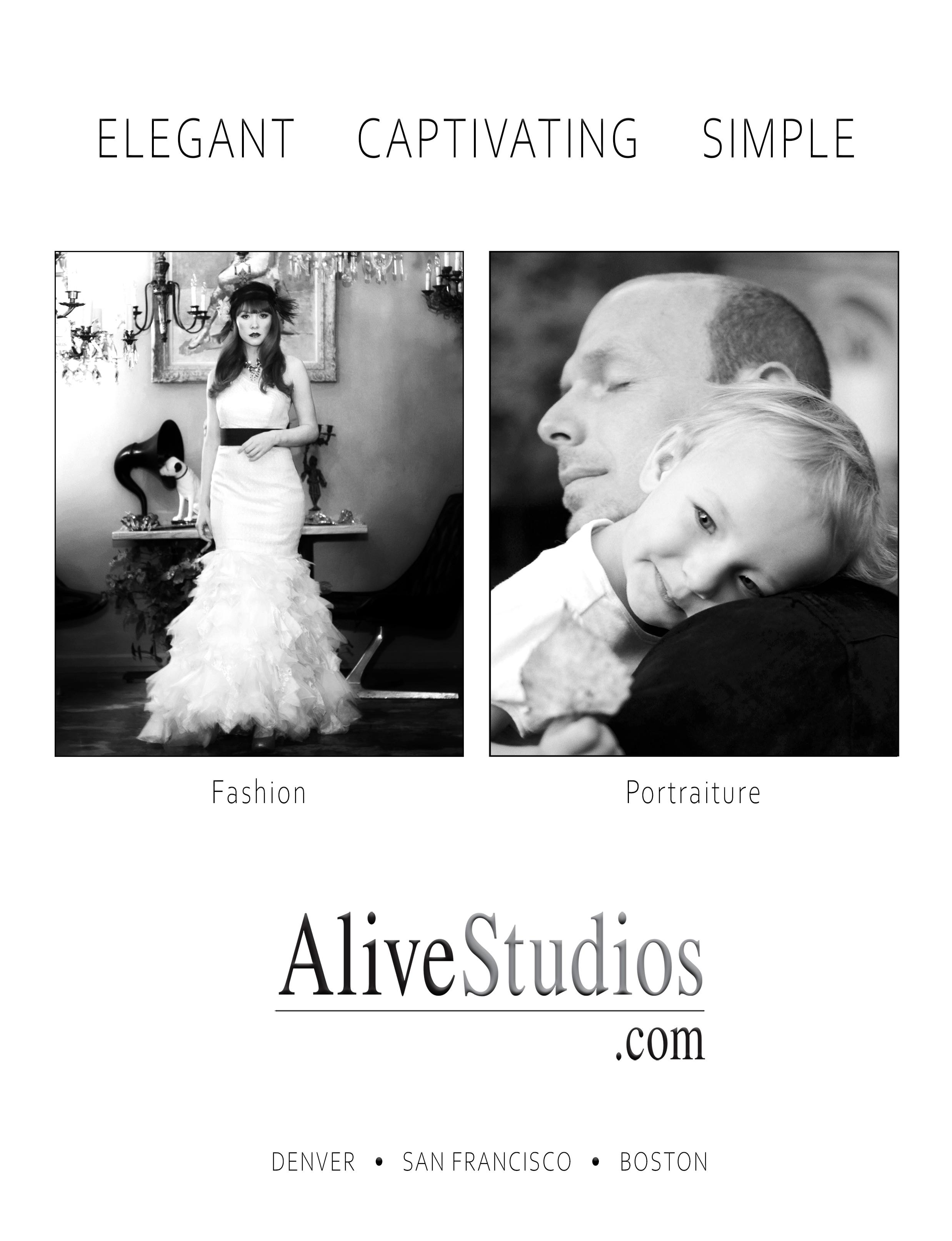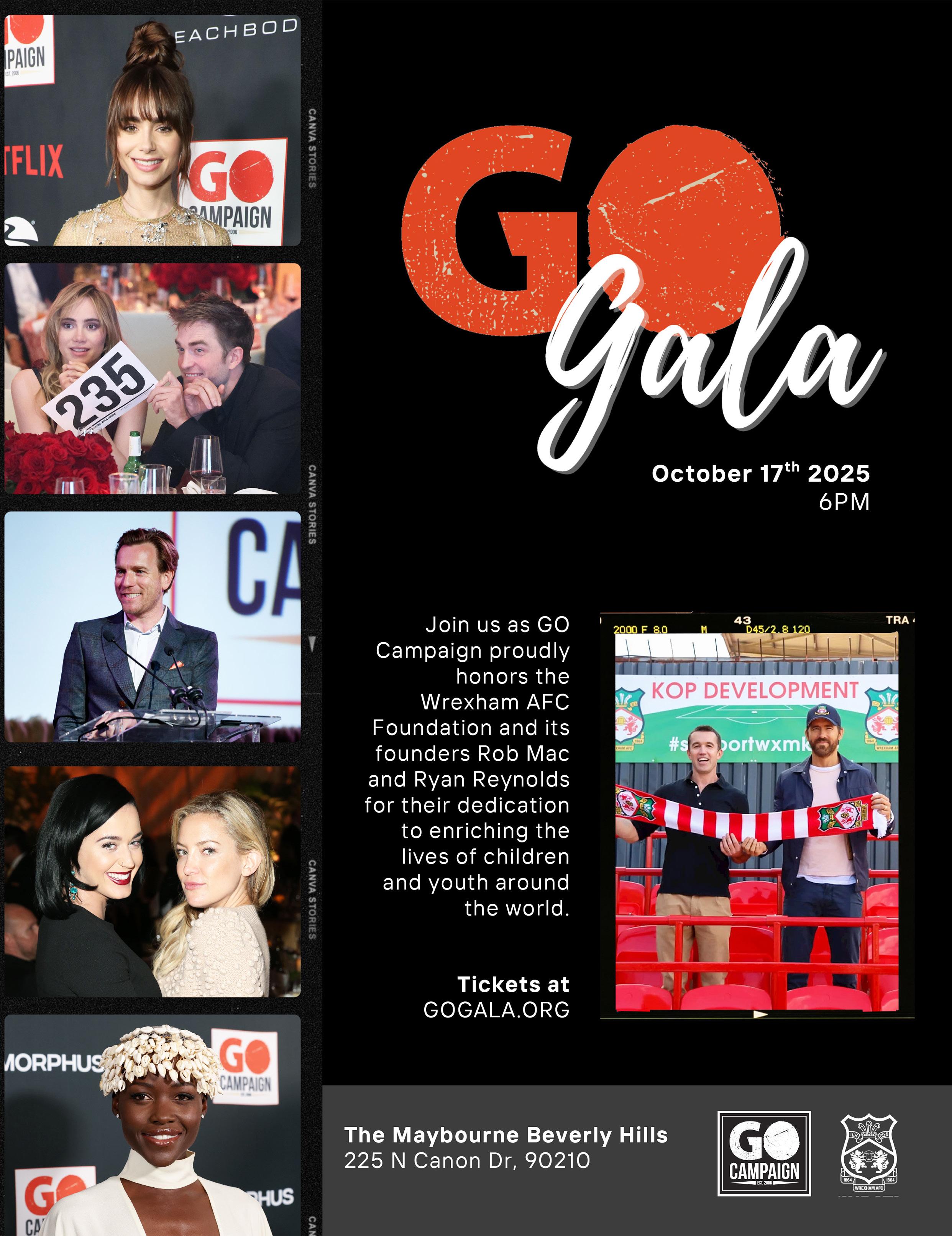EDEN
WHY YOUR CLIMATE STORY MATTERS MORE THAN YOU THINK
by Dr. Rob Moir
ARTHUR VON WIESENBERGER ON 14-YEAR SEASON OF THE AWARD-WINNING TV SERIES, ANIMAL ZONE


WHY YOUR CLIMATE STORY MATTERS MORE THAN YOU THINK
by Dr. Rob Moir
ARTHUR VON WIESENBERGER ON 14-YEAR SEASON OF THE AWARD-WINNING TV SERIES, ANIMAL ZONE

THE WISDOM WITHIN AWAKENING AND TRANSFORMATION

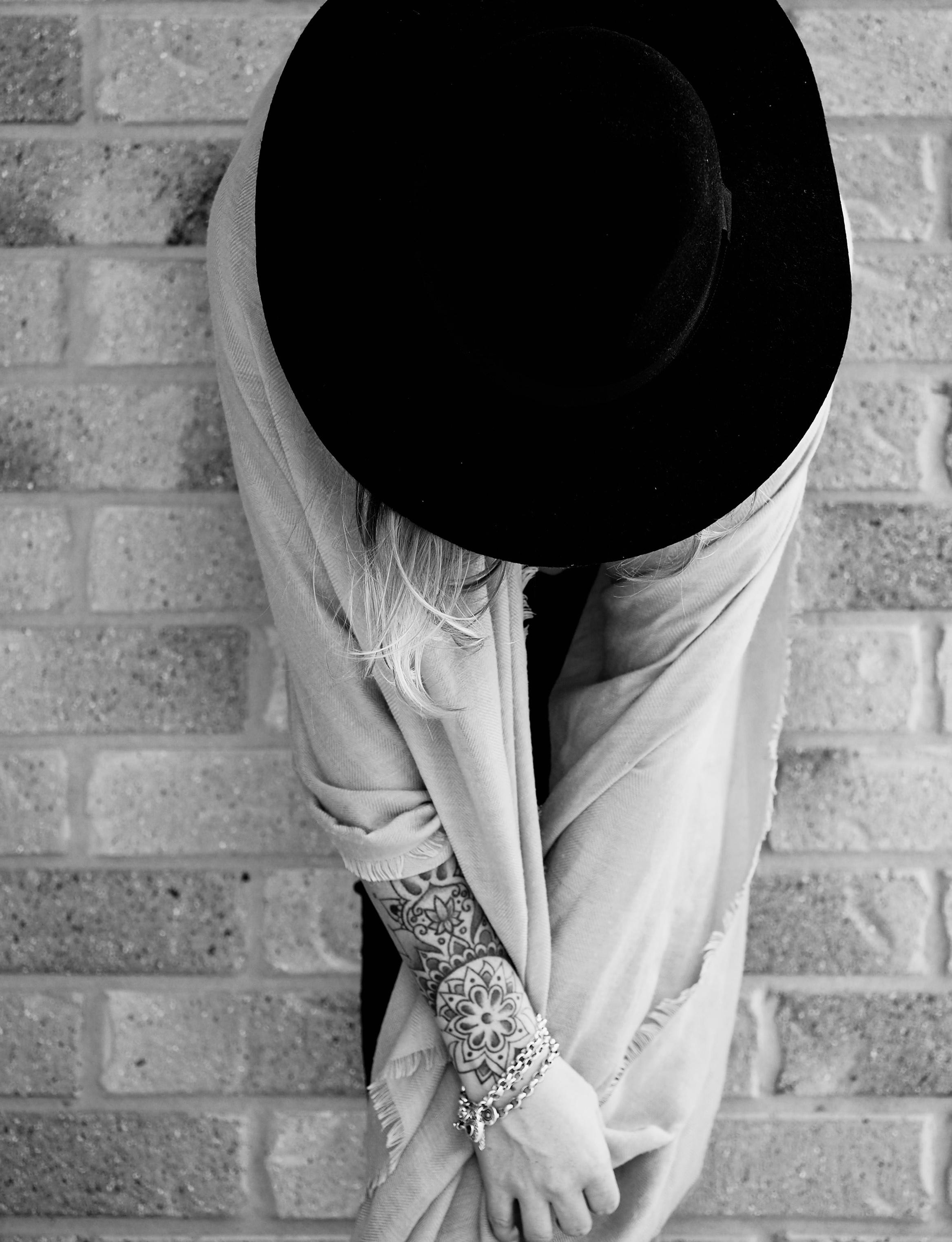



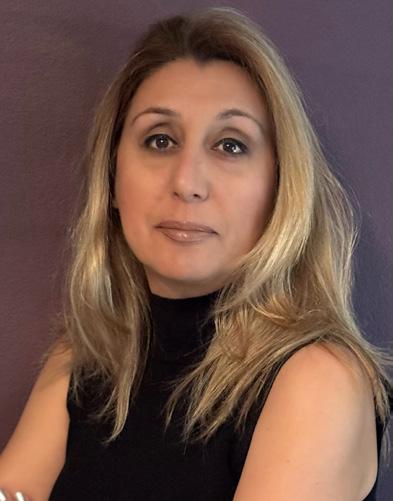
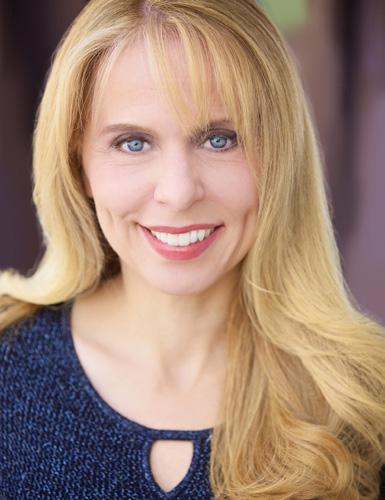

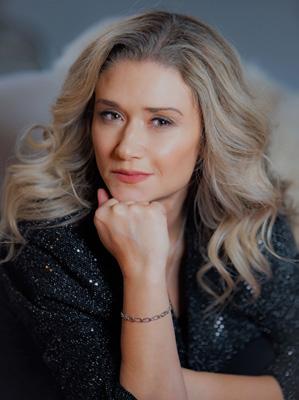

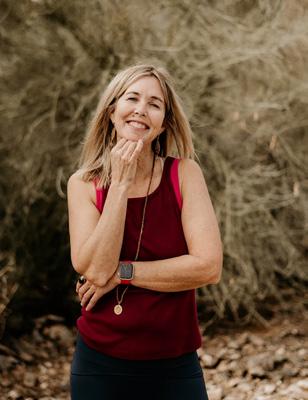


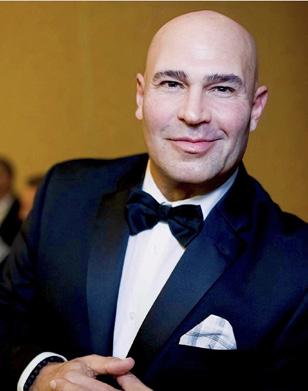
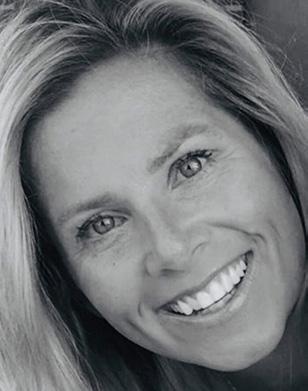

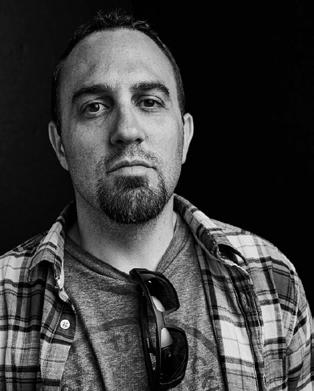
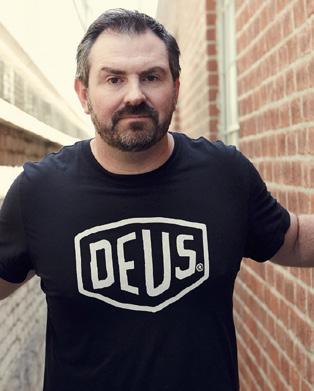

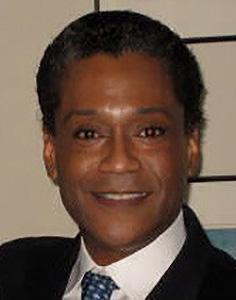

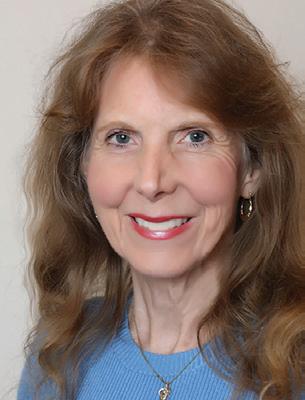

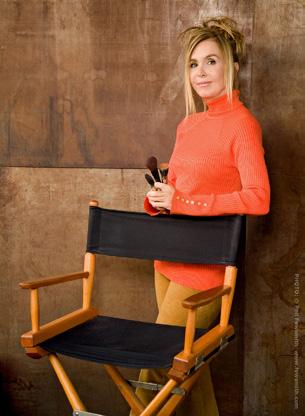


The Eden Magazine is a free online publication is your guide to healthy living, spiritual awareness, compassion and love for all living beings, holistic lifestyle, mindfulness, organic living, positive thinking, sustainability, and personal development
Founder & Editor-in-Chief
Maryam Morrison
Executive Editor/Contributing Writer
Dina Morrone
Contributing Writers
Sadhguru, Isha Foundation
Dulce Garcia-Morman
Susanna Schroadter
Dr. Rob Moir
Emilie Macas
Nikki Pattillo
Polly Wirum
Joe Santos, Jr.
Guest Writer
Philip Smith
Contributing Stylists + Makeup Artist
Edward Hakopian
Lisa Joy Walton
Graphics & Photography
JSquared Photography @j2pix (Los Angeles)
Artin Mardirosian (Nexision) (Los Angeles)
Benjamin D. Buren – AliveStudios.Com (Denver, SanFrancisco, Boston)
Sheri Determan (Los Angeles)
Greg Doherty (Los Vegas) Ben Rollins (Atlanta)
Web developer Brad wallace https://bradwallacedesign.com/
325 N. Maple Dr. Po Box 5132 Beverly Hills, CA 90209
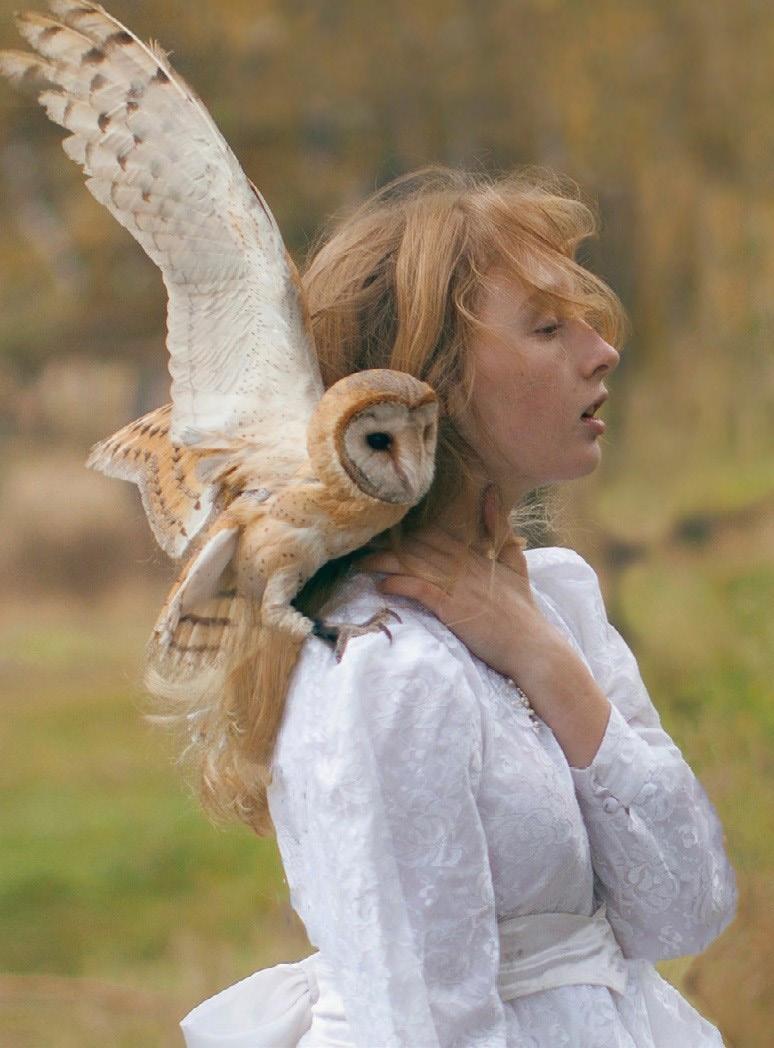

Ann Bolinger-McQuade


52
WHY YOUR CLIMATE STORY MATTERS MORE THAN YOU THINK by Dr. Rob Moir 58
THE SPIRITUAL WISDOM OF AUTUM by Nikki Pattillo
HITCHING A RIDE ON THE RIVER OF TRANSFORMATION by Polly Wirum
SILENT DISCONNECTION: A SOULFUL REFLECTION ON SUICIDE by Emilie Macas 78 OF WELTSCHMERZ & BEAUTY by Dulce Garcia-Morman 82
TAILOR A MEDITATION PRACTICE TO YOUR EMOTIONS by Timothy Burgin
86
EMBODYING CONFIDENCE: GODDESS ORACLE READINGS ON WOMEN, BEAUTY, & SELF-ACCEPTANCE by Bronwyn Millar
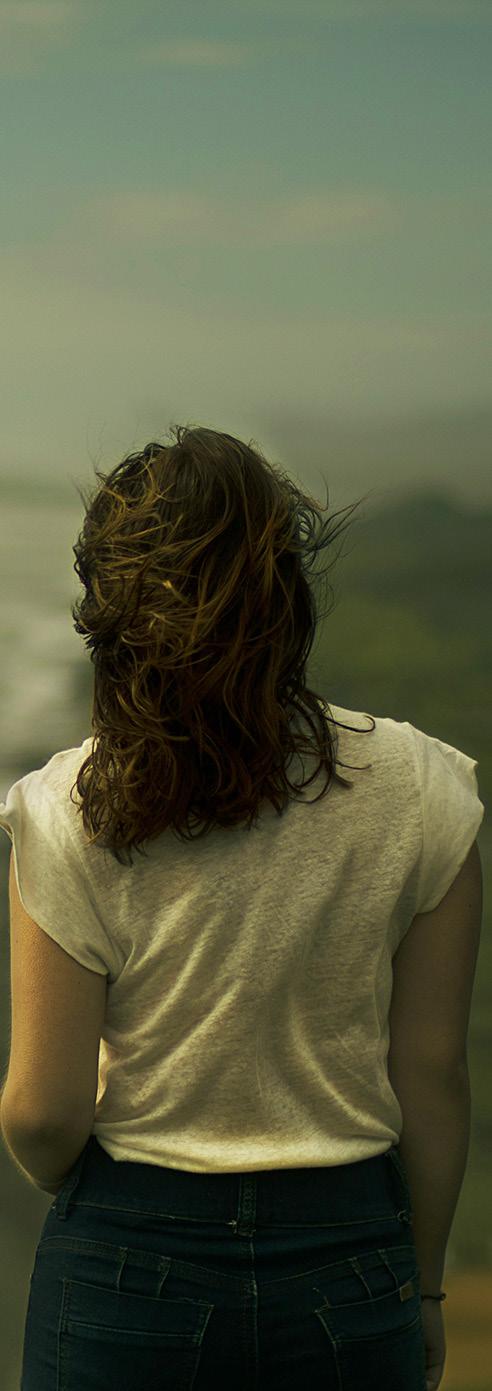
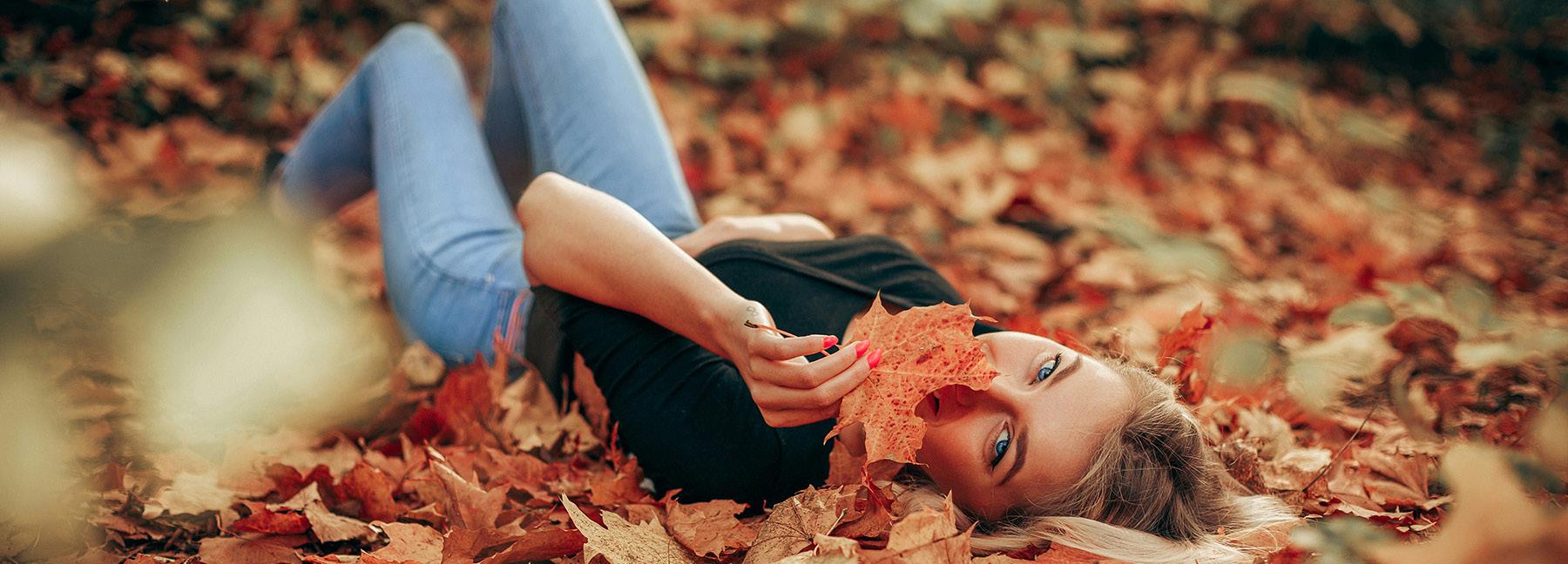

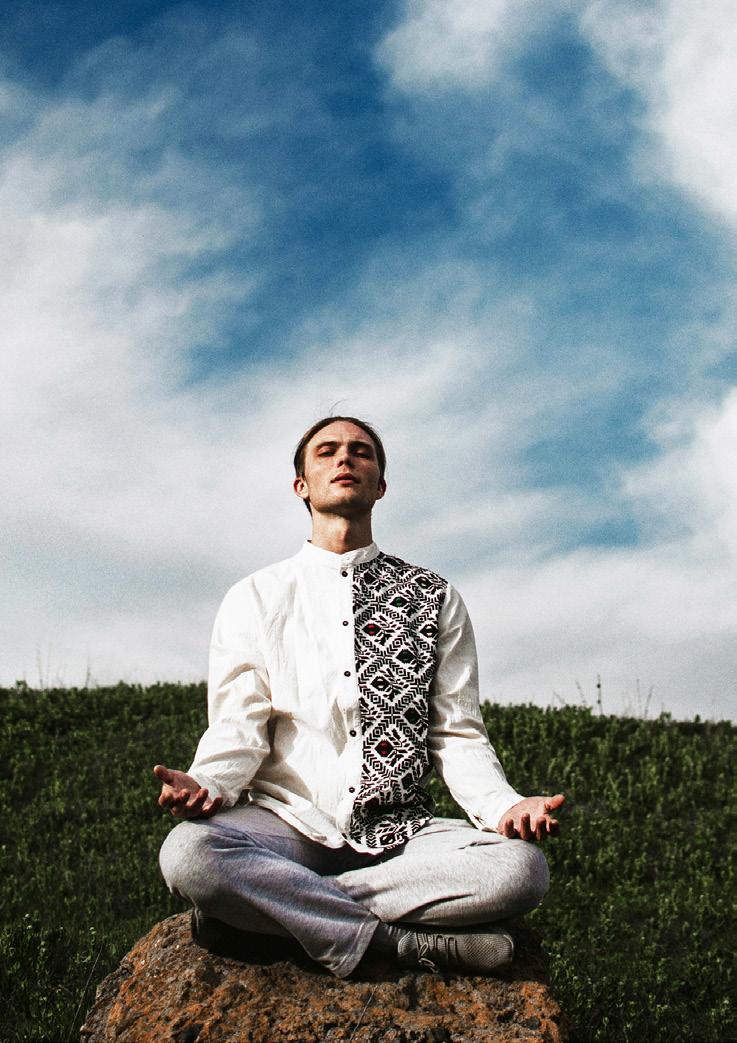

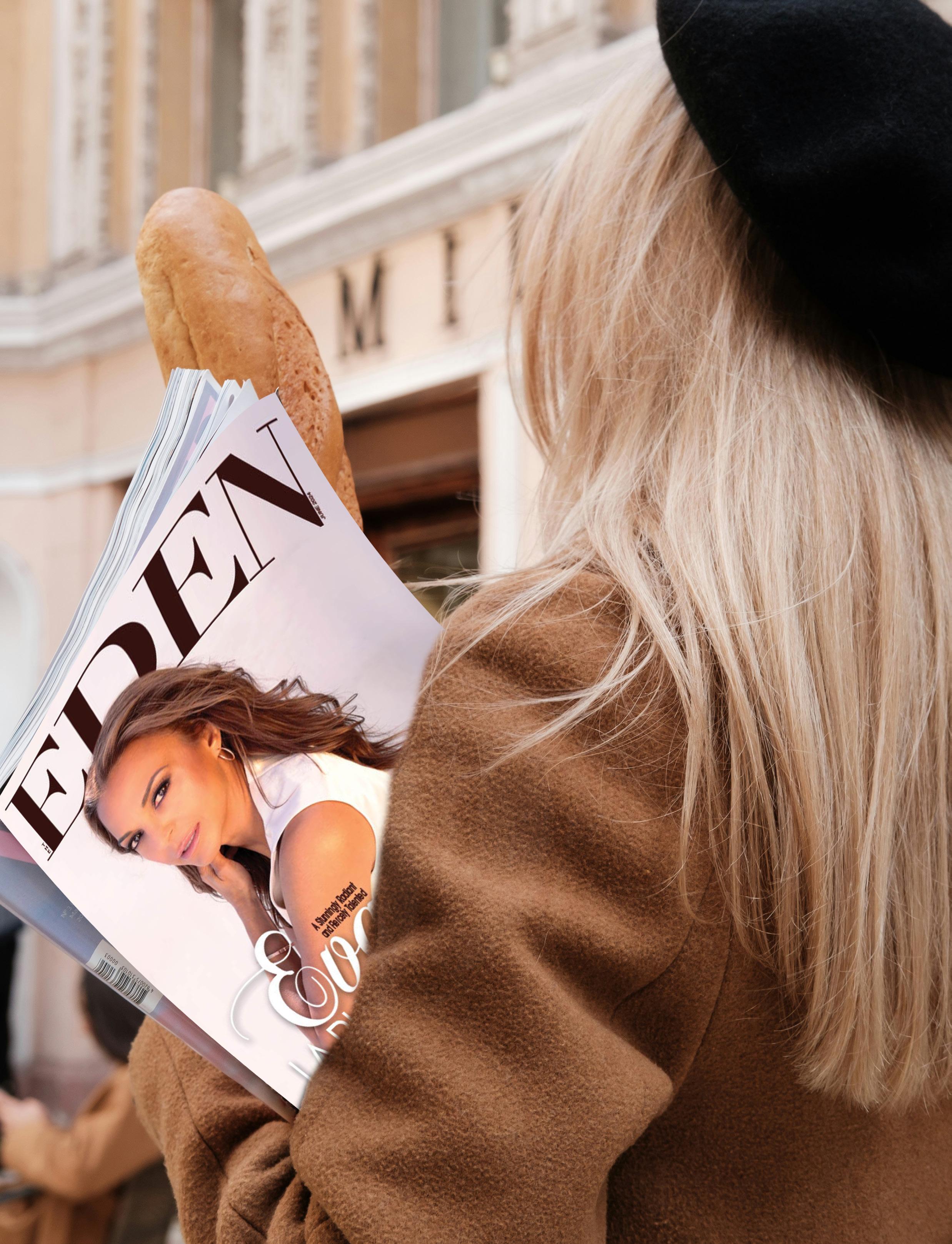
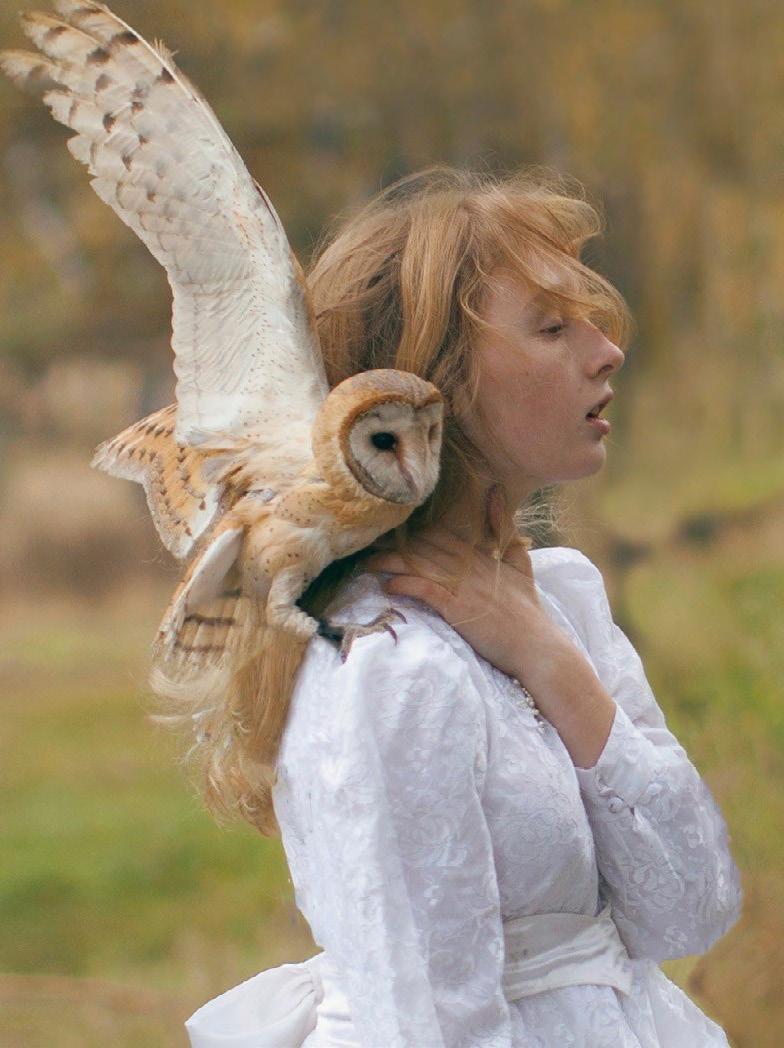
By Ann Bolinger-McQuade
This old Apache storyteller quote suggests:
The plants, trees, clouds, rocks, fire, and water are all alive
They watch us and see our needs.
They see when we have nothing to protect us, and it is then they reveal themselves and speak to us.
II have always known we are ultimately safer than many of us realize. Our interactive universe is designed to respond to our needs. The perspective of our world as alive and interconnected is seeded in my Native American ancestry and nurtured at my father’s knee. Our family recognized images with messages that revealed themselves in everything imaginable. My fascination with discovering these messages was fueled by my weekly visits with my mother to the hair salon, where I would settle in with the latest copy of Highlights Magazine for children and the page of images that were hiding-in-plain-sight, just waiting to be discovered.
My perspective deepened when I followed the urgent voice of my intuition that implored me to get a mammogram…the cancer growing in my body was minuscule and easily removed.
The voice of your intuition, whispering advice to you, could save your life as it did mine.
Everyday moments like these illuminate the
invisible threads in a network of energy frequencies that link us all. On investigation, it appears that we are all nestled securely within what best-selling author Greg Braden refers to as a Divine Matrix that bridges time, space, miracles, and belief.
The concept of being safer than we realize may sound like a pipe dream to some until we consider the wisdom of ancient cultures, together with modern technology, and the formula for how personal oracles work.
Today, we will take a look at how the universe is designed to respond to our needs, along with one of the ways technology helps bridge the gap between everyday events that could seem supernatural. The camera lens. The lens of a camera is designed to reveal invisible light frequency images that the human eye is not designed to see. As you read a bit further, you will be able to break the code and gather your own body of evidence using the formula for personal oracles.
Ancient cultures understood and relied on an innate ability to interact with the extra-dimensions all around them. Their everyday survival depended on the natural law of interdependence that exists between everything in the universe. The Celtic approach to life is holistic, with little distinction between the sacred and the secular, or between the physical world and the spiritual one. Now, scientific research quantifies extra-dimensional frequencies, and the everyday camera lens reveals data that helps us glimpse non-visible light frequencies that our eyes are not designed to see. I was fascinated to discover that birds, who had seemed to me to traverse mystical migratory journeys, are actually tuned into a very specific energy frequency. This frequency guides birds from one destination to another, like a well-posted sky highway. Our dynamic interconnected universe is designed to interact and support us all at every turn. Our trick is to tune in and recognize what is occurring.
Many of us have gazed in wonderment and watched clouds as they drifted across the sky. Neladoracht: cloud reading is the oldest recorded form of divination in the world. Have you ever looked deeper? Wondered? Listened for the voice of your intuition?
This personal oracle formula is the code for understanding the way the universe supports us.
Whether a personal oracle is a synchronicity, a symbol, a sign, a conduit, a mirror, or what I like to call an invisible moving sidewalk, and whether it is spontaneous or requested, it always consists of these three parts. A need or request. A delivery system. A message.
The world is filled with metaphors and emerging shapes. Notice what attracts your attention and how you are drawn to it. It could be a cloud in the shape of a loved one’s face or an especially relevant song playing on the radio at the exact time of a friend’s death.
Synchronicities are when your phone rings and you hear the familiar voice of the person you were thinking about. Or like this, every day, telepathic interaction when you are driving in traffic and you sense the car in the adjacent lane wants to change lanes, and you make space. Everyday moments like these illuminate the invisible threads of the network of energy frequencies that link and support us all.
Symbols work like metaphors. They flesh out a message or articulate an idea. Some symbols speak a universal language that needs no explanation, like a rainbow, a thumbs up, or a heart. This heart image provided visual evidence of the response to my request for safe journey.
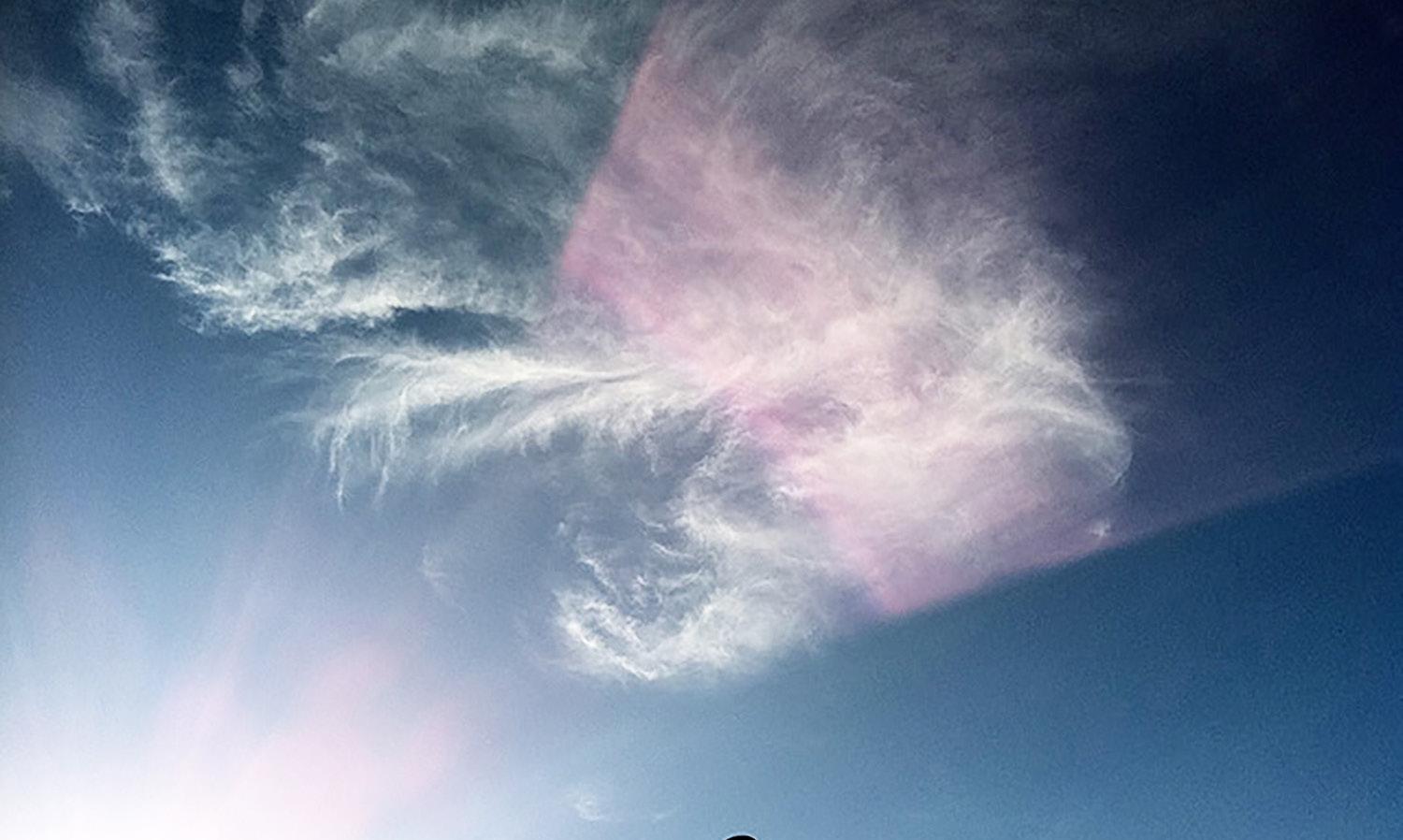

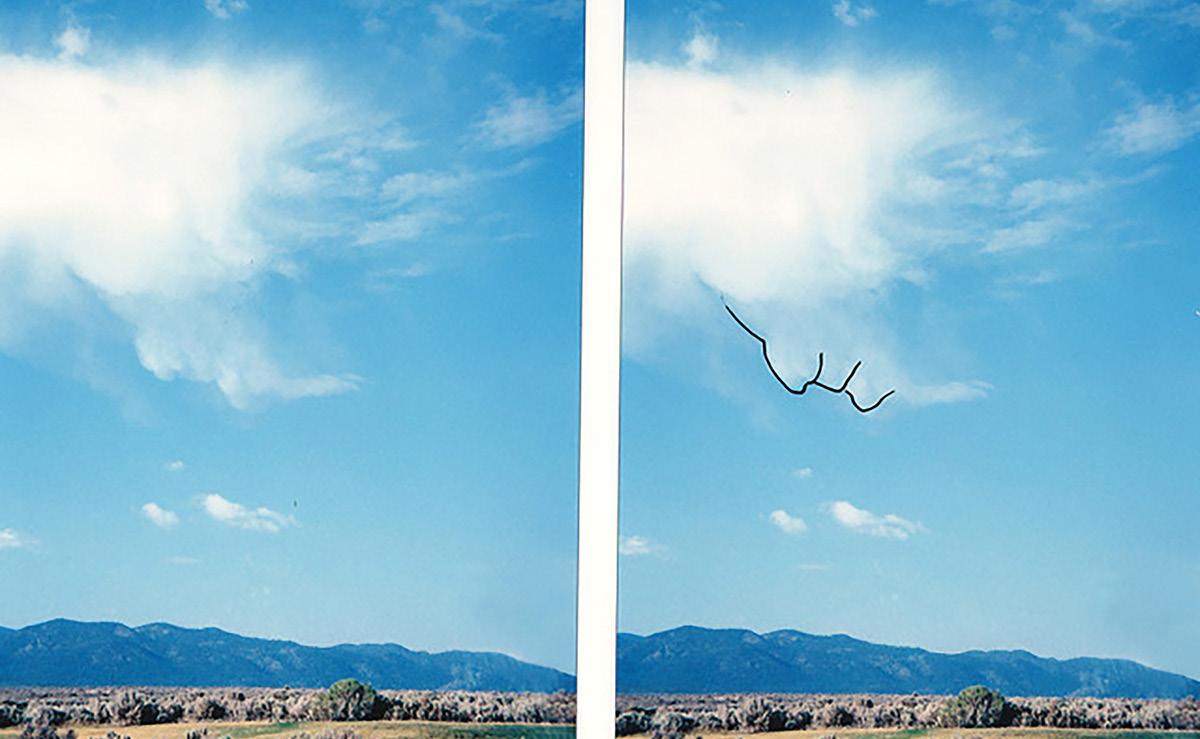
Each time we set off on a road trip, I request a safe journey. On this occasion, my husband and I were driving in separate cars. Kenneth and our dog Rusty were in the lead car, and I was following behind. Midway to our destination, this cloud image appeared in the sky, positioned directly above the highway in front of us. Mile after mile after mile, this cloud remained, until suddenly a loud pop rang out, and I watched Kenneth guide his car safely off to the side of the road. He had a flat tire. I think of this cloud as our protector cloud. Evidence of universal support.
This cloud image, the profile of my mentor Richard Deertrack, served as a conduit for him to deliver a special request to me after he was no longer in his physical body.
Deertrack’s cloud image attracted my attention, and then he asked me to deliver a specific amount of cash to his wife, Linda. This cash turned out to be the precise amount she needed to pay for the expensive medication that was required to treat an infection that she incurred from a product she had been using on their land.

Ann Bolinger-McQuade is the award-]winning author of Everyday Oracles, a profound exploration of the spiritual messages woven into the natural world. Rooted in her Native American heritage, Ann’s work helps readers uncover the signs and synchronicities guiding their lives. Through workshops and personal storytelling, she inspires others to deepen their intuition and connect with the wisdom all around them.
This image in nature mirrors a personal message to me. The boulder placed high on a mountainside in New Mexico is shaped like a giant tortoise and brings to mind the moral of the story of the Tortoise and the Hare. This lighthearted sign soothes my Aries sense of urgency. The message? Slow and steady makes it to the finish line in proper time.
The book Animal Speak, by author Ted Andrews, is a reliable reference when seeking the deeper meaning of an animal that appears to be signaling a message. The significance of cardinals that began appearing during times of trouble and at family gatherings soon after my Uncle Herb passed was clear
to all of us from the beginning. His cardinal messengers were immediately nicknamed "Pappy birds".
When we set our intention and then allow ourselves time to pause and look and listen deeply, we recognize that subtle messages from Spirit are there to support and guide us along our path.
Create your own body of evidence using the sticker-note-shoe box method. When something speaks to you: make a note. Jot it down on anything that is handy. Tuck the note in your shoe box for safekeeping. Or make a voice record on your cell phone. Photograph when possible. Line drawings work too. Save your notes. Visit and review them over time.
And finally, a nod of gratitude to modern camera lenses that reveal images the human eye is not designed to see. Personal cameras are now revealing unexpected extra-dimensions to many. Note this non-visible-light frequency that revealed my husband’s presence in the sky above the cemetery when I followed an impulse to take photos of the clouds in the sky. My husband showed up to confirm what I already knew. When Kenneth’s body was no longer viable, he remained and remains with me to this day. Our interdimensional marriage continues much as it has always been. True to his belief, there is always a way. My camera lens records his presence in significant ways as he continues to interact with me and others. Revealing his presence and creating a body of evidence for me to share.
Note this profile of Kenneth’s face in pink, and to his left, the muzzle of our dog Rusty. 1
Rusty passed two weeks before Kenneth. They appeared, facing west. According to the Native American Four Directions, the West is transformation
There is no death, simply a change of worlds. ~Chief Seattle


For over a decade, Arthur Von Wiesenberger has been a passionate advocate for animal welfare, bringing heartwarming stories and vital education into homes across the nation through AnimalZone, the award-winning television series now celebrating its remarkable 14th season.
As the creator and host, Arthur has dedicated himself to connecting viewers with the people, organizations, and inspiring animals making a difference in our world.
From rescuers and veterinarians to animal behaviorists and sanctuaries, AnimalZone shines a spotlight on the extraordinary bonds between humans and animals- reminding us of our shared responsibility and the power of compassion. With a background in media, philanthropy, and a lifelong love of animals, Arthur brings both warmth and wisdom to every episode.
In this exclusive interview, Arthur shares about the journey behind AnimalZone, the impact of its 14-year legacy, and how viewers can get involved, whether by adopting, fostering, supporting local shelters, or simply spreading awareness. As Arthur reminds us, "Every small act of kindness makes a big difference in the life of an animal."
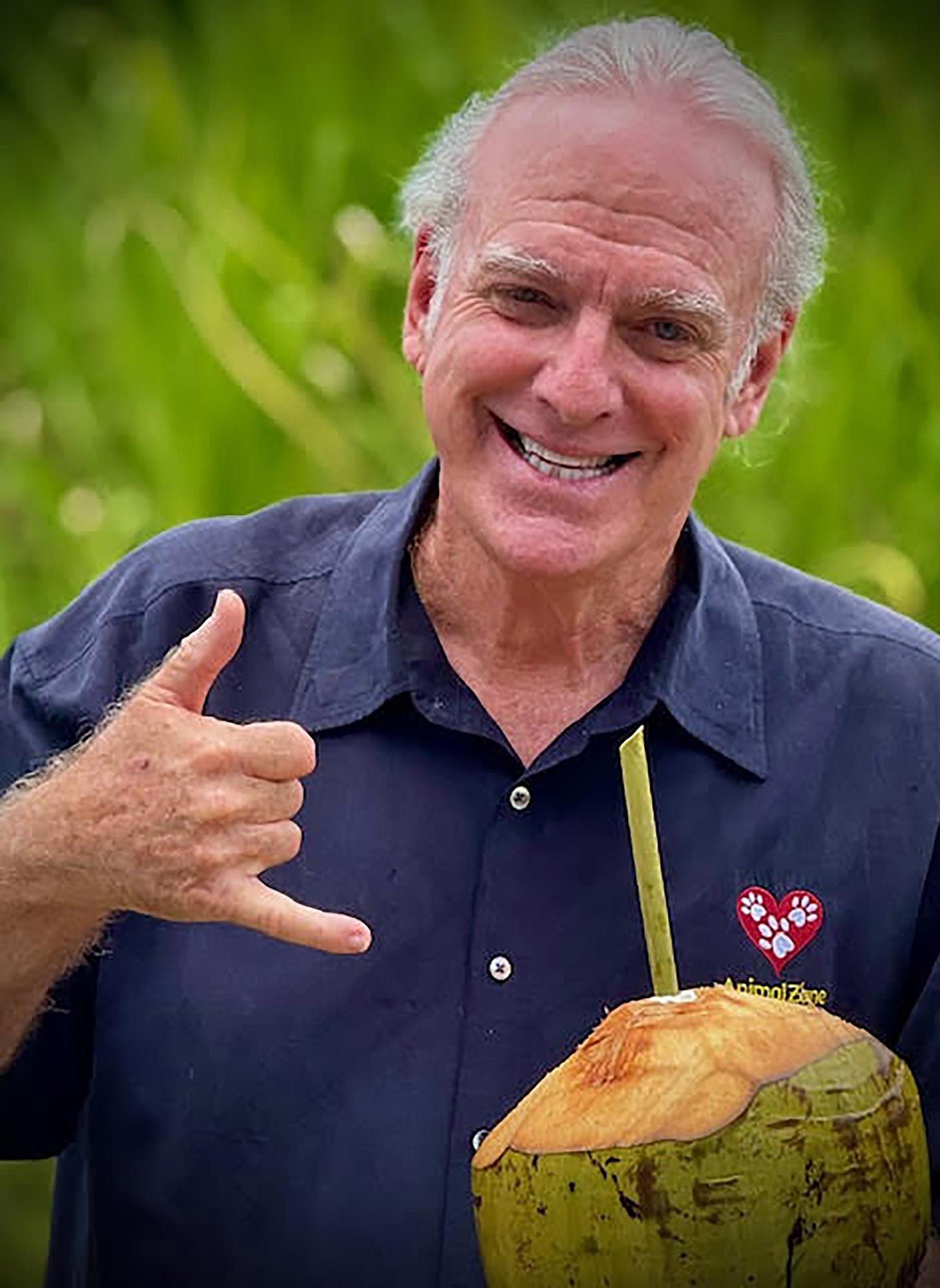

What inspired you to create AnimalZone, and how has your mission evolved since the show's launch? AnimalZone was born out of a reaction—quite literally. I saw that iconic PSA with Sarah McLachlan and those heart-wrenching images of distressed dogs, and I had to ask: *Is this really helping?* When I asked a friend running our local shelter, she said, *Not really.* The ad made shelters look like places of sorrow, and the donations didn't even reach local organizations. So, I thought—why not flip the narrative? Why not spotlight the heroes in our communities who are saving lives, offering love, and creating joy for animals and people alike? AnimalZone began as a local show in California's tri-counties and grew like a happy rescue pup—bounding across states, then onto Cox TV's National Network, and eventually leaping into the digital wilds of Tubi, Plex, Pluto, Roku, and beyond. What started as a celebration of
cats, dogs, and the occasional rabbit has blossomed into a globe-trotting journey featuring barnyard buddies (think donkeys, goats, pigs) and even wild souls like sea turtles, owls, and Hawaiian honey bees. Yes—we just filmed our first insect-focused episode! Turns out, the buzz is real.
With the upcoming season airing in August 2025, what new themes, animals, or stories can viewers expect to see?
Hawai'i gave us more than stunning scenery—it gave us wisdom. In this new season, we dive into how shelters are not just housing animals—they're healing them. At Maui Humane, we discovered the "Beach Buddies" program, where visitors can take shelter dogs out for the day—to the beach, on a hike, or even to brunch! The result? Sun-soaked smiles, wagging tails, and sometimes, forever homes. It's enrichment for both ends of the leash.
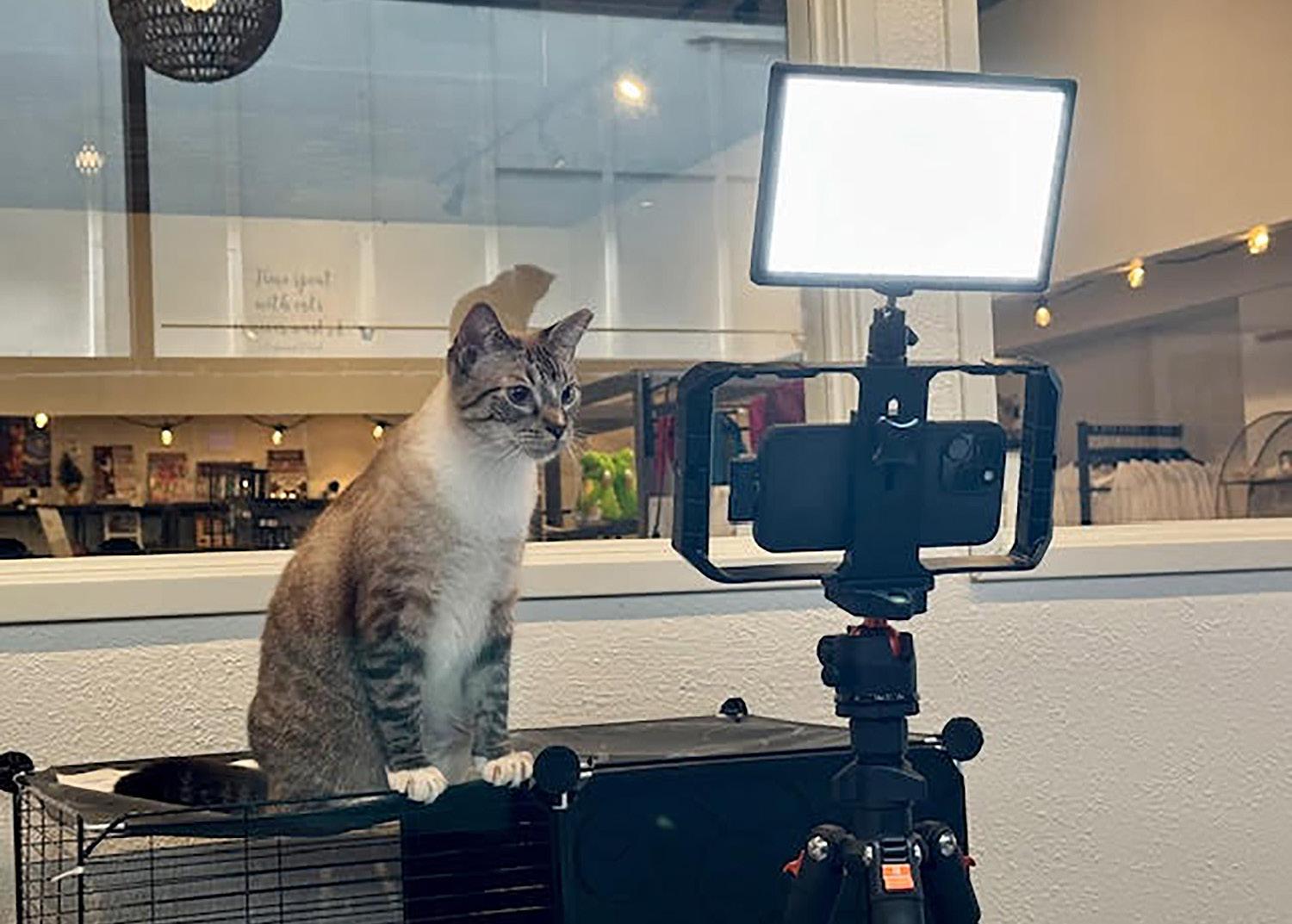
Can you share a particularly touching or memorable moment from filming this new season?
At Rainbow Friends on the Big Island, I met Mary Rose, a woman who radiates aloha. Her sanctuary isn't just a place—it's a vibration. At one point during filming, she opened the gates and a joyful parade of animals—tails wagging, hooves prancing—ran to a nearby pond and dove in with abandon. It wasn't just cute—it was a revelation. In that moment, I saw what freedom, healing, and connection look like when given the space to thrive.
AnimalZone has a strong focus on education and compassion for animals—how do you balance entertainment with advocacy in your episodes?
Education sneaks in quietly when you're having fun. We don't lecture—we listen. Our guests are passionate animal lovers, caregivers, scientists, and behaviorists who share not only what they know, but how they *feel*. And when you watch an animal trust a human, or a wild bird fly again, you *learn* what compassion really looks like.
This season, are there any new partnerships with sanctuaries, shelters, or conservation groups that you're especially excited about? Absolutely! From cuddling cows at the Krishna Cow Sanctuary near Hilo, to learning about endangered sea turtles with Hawai'i Marine Animal Response (HMAR), to admiring the majestic nēnē goose at the Hawai'i Wildlife Center—this season is bursting with heart and hope. I was especially enchanted by the Hawaiian honey bees at Bird & Bee Hawai'i. Who knew that pollinators could be such poetic protagonists?
How do you select the animals or topics featured in each episode, and what criteria are most important to you and your team? We start with the animals. Are they loved? Are they safe? Are they treated with dignity? Then we look at the people—are they doing the work for the right reasons, with knowledge and integrity? And finally, we listen to the story. If it stirs something in us, chances are it will stir something in our viewers.
How has audience feedback influenced the direction of AnimalZone over the years? Have any fan stories stood out to you?
AnimalZone fans are a tribe of kindred spirits. Their feedback is often emotional—thank-you notes, stories of adoptions, even videos of kids watching with their pets. One viewer told us the show helped her elderly mother rediscover joy after losing her dog. That's when I realized: we're not just telling stories—we're nurturing hearts. It's like rediscovering that childlike awe of nature, where every wag, purr, and flutter is a tiny miracle.
What challenges do you face while filming with animals, and how do you ensure their well-being and comfort on set?
Animals are honest—if they're uncomfortable, they'll let you know. So we've learned to tread lightly, both literally and figuratively. We speak in soft tones, avoid sudden movements, and even our clapperboard barely whispers. We've discovered that hats can freak out certain animals, and that cameras with big lenses look like monster eyes to cats. Solution? iPhone 15s. Sometimes low-tech equals low-stress.
As animal welfare continues to gain momentum globally, how do you see AnimalZone contributing to the broader movement for change?
We're storytellers with a purpose. By showing how animals are treated around the world— from GPS-tagged cows in Switzerland (yes, cowbells are being phased out to reduce stress!) to free-roaming dogs who are finally getting a couch to nap on—we're helping shift culture. Compassion is contagious. And the younger

generation is picking up the torch. If we can move even one viewer to adopt, to donate, or just to *care*, we're doing our job.
Looking beyond this season, what are your hopes for the future of AnimalZone? Do you have any dreams of expanding to new countries or digital platforms?
Absolutely. I want to keep journeying—geographically and emotionally. Every country, every culture, has something to teach us about how we live with animals. And I hope to keep exploring that ever-expanding bond, one hoofprint, pawprint, or feather at a time. As long as there are stories to tell and hearts to open, AnimalZone has a place in this world.
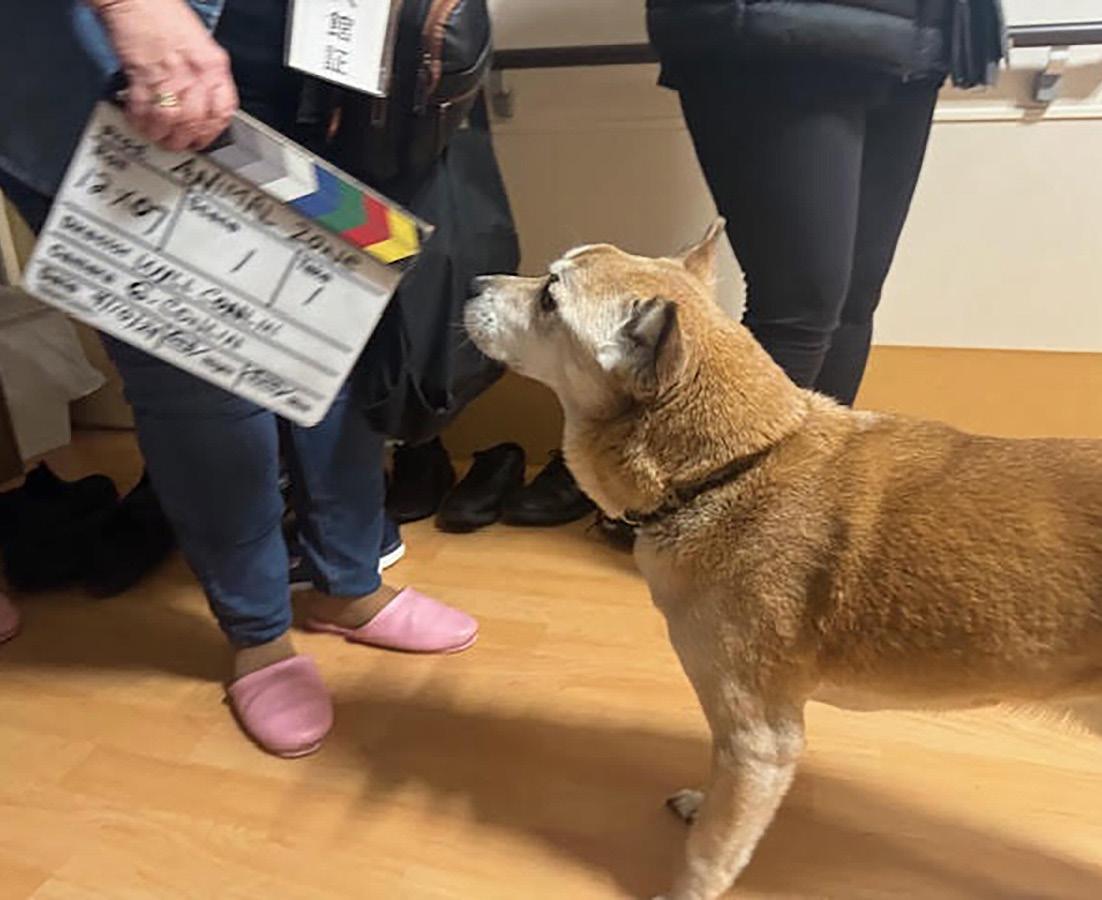




What personal experiences or animals in your own life have had the most profound impact on you and your passion for animal advocacy?
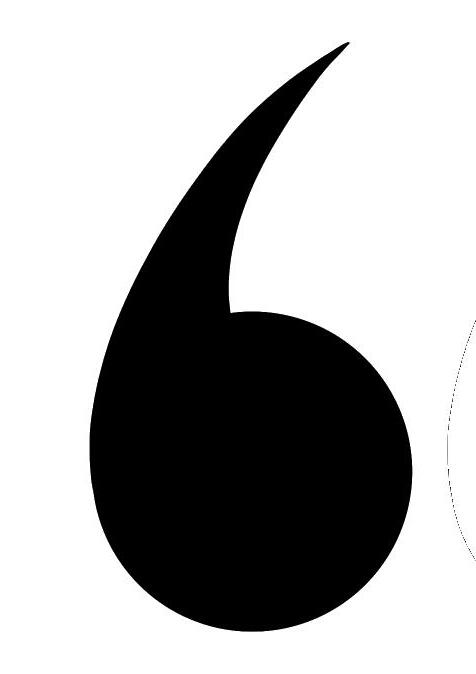
Mikey. He was a rescued pit bull, barely 8 months old, and had already seen more hardship than most. Abused, hit by a car, barely held together. But he still wagged his tail. With surgeries, water therapy, and an ocean of love, he became the most tender, goofy, and loving companion. When he passed, the grief was overwhelming—and sacred. We've also rescued donkeys, cats, and even a hinny named Jenny. They are not just pets—they're family, and teachers of joy.
Outside of AnimalZone, how do you stay grounded and inspired? Are there daily practices or values that guide your creative and personal journey?
I was shaped by a Quaker School in New York and later by the quiet reverence of an Episcopal School in Switzerland. Over the years, I've found my own spiritual current—one that flows quietly beneath everything I do. Animals are a part of that light. Their presence, their resilience, their ability to forgive and to love without agenda—they remind me to listen more, judge less, and walk gently. Helping them helps me.
When you watch an animal trust a human, or a wild bird fly again, you *learn* what compassion really looks like. Animals are our co-stars—and our co-teachers.
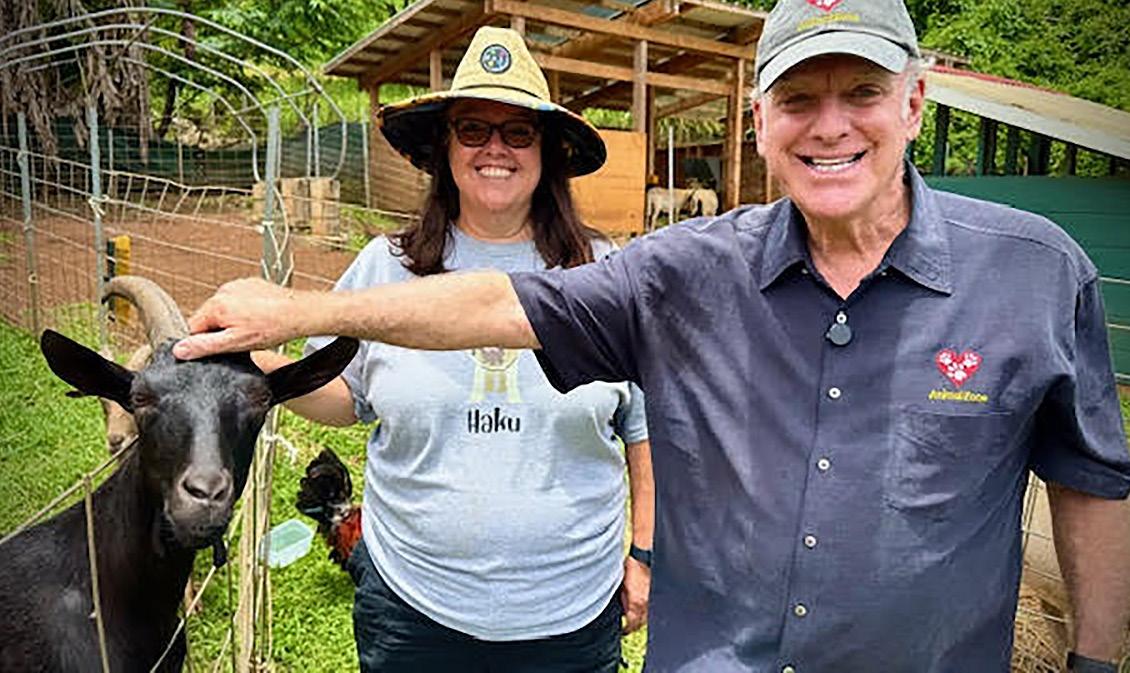

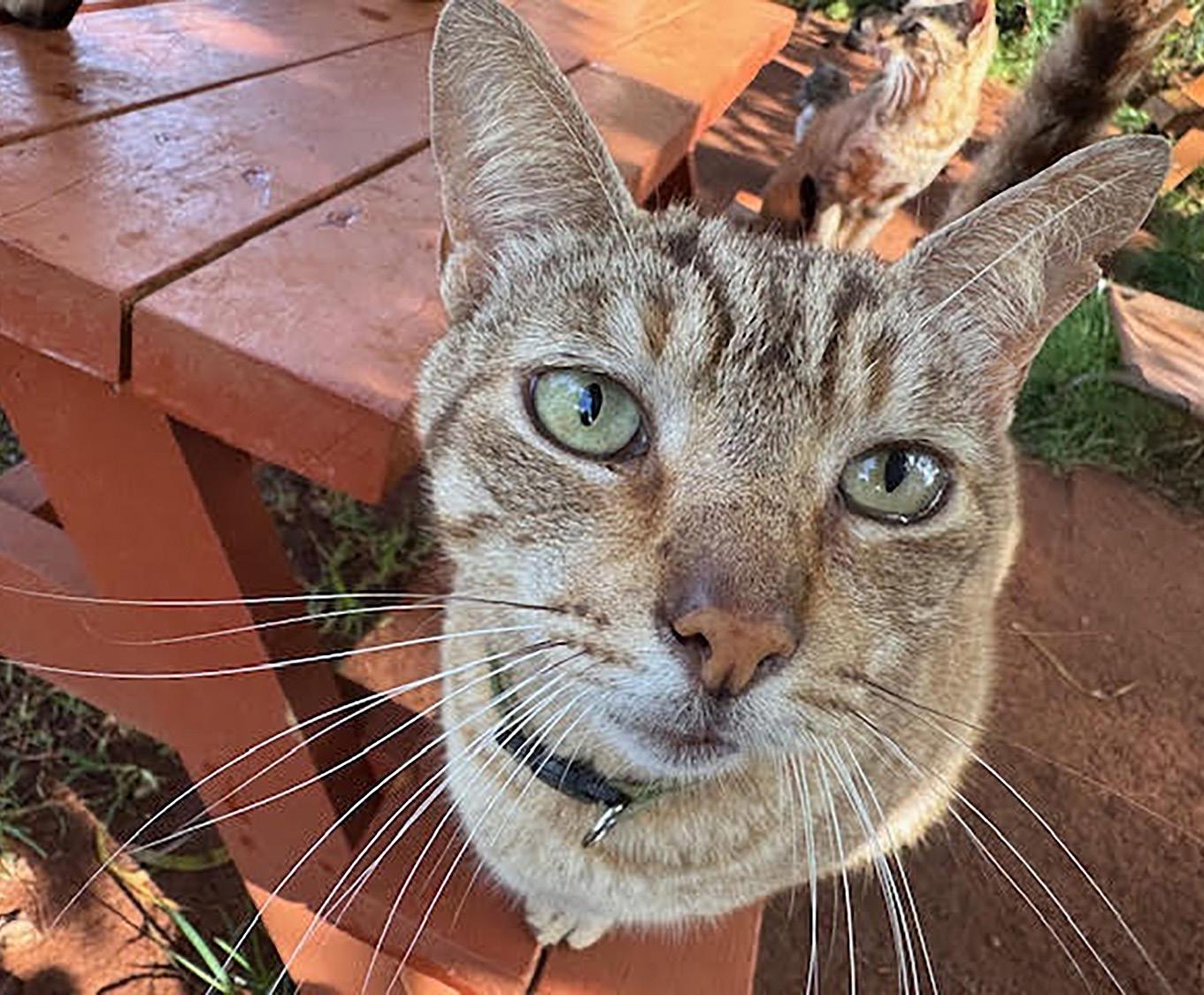


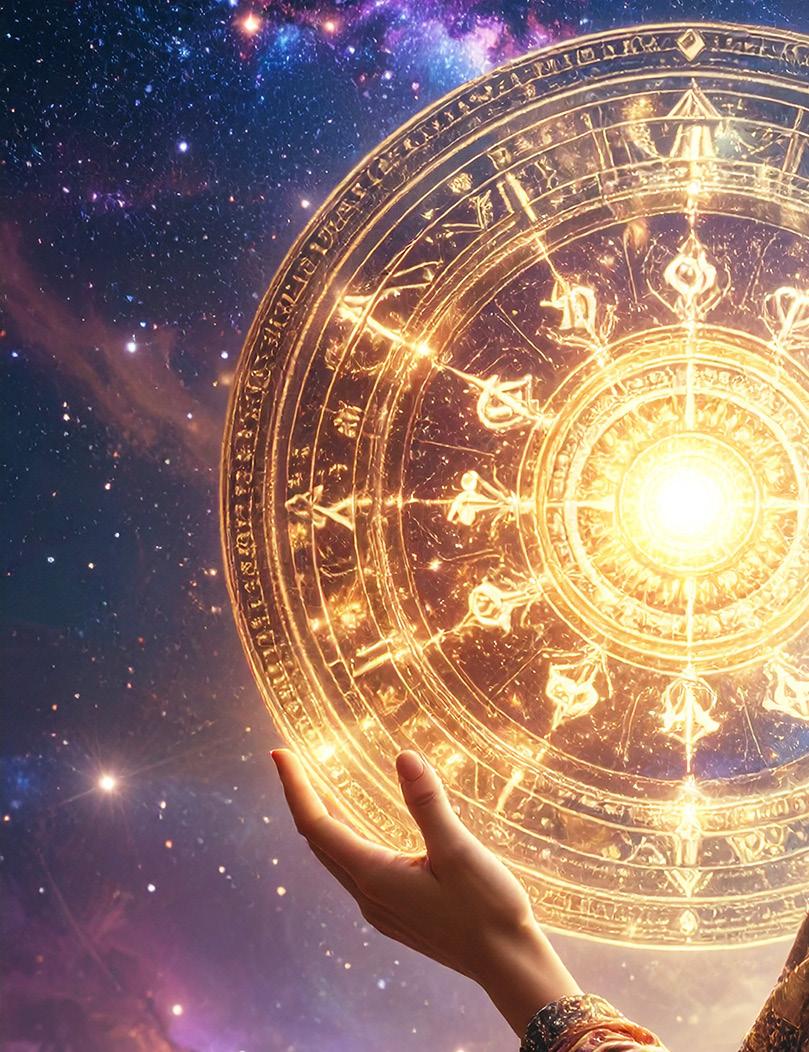
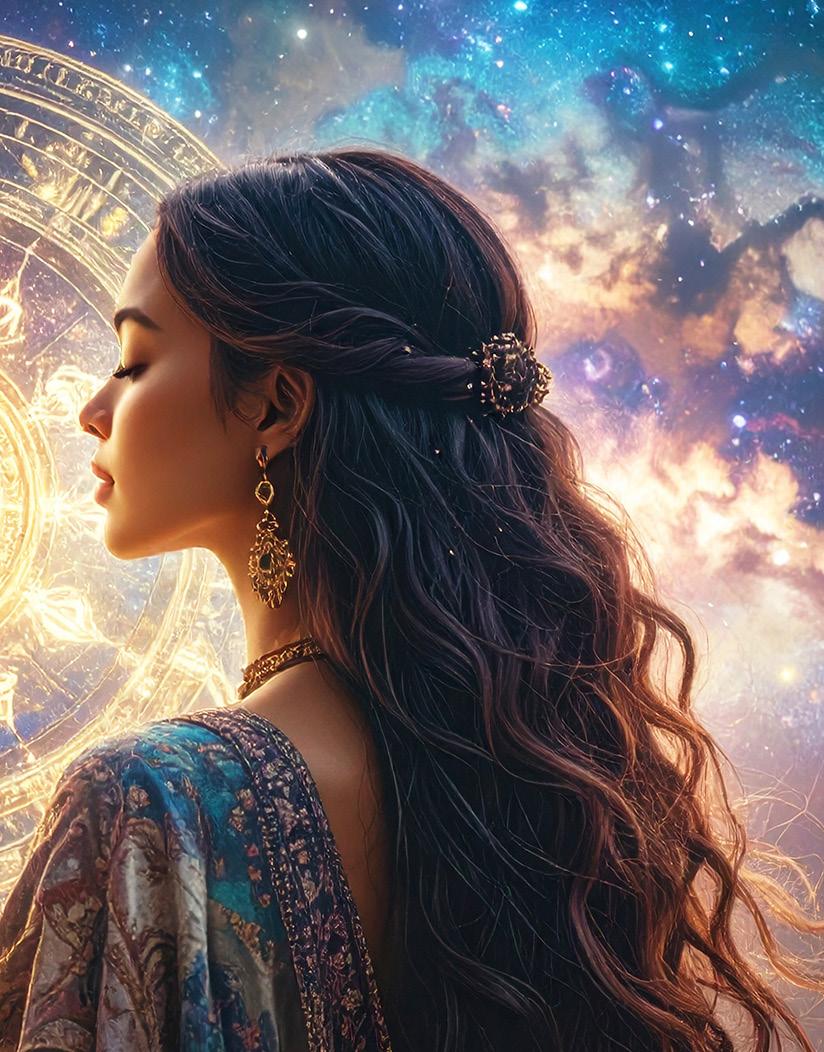
EVER
By Miles Neale, Psy.D.
TThe Greeks, Mayans, Tibetans, and Indigenous peoples of each continent looked to the heavens as a predictor and context to understand themselves in time and place, taking heed of astrological patterns to guide their future actions. Jung recognized this, particularly toward the end of his career, using astrology to help understand his patients’ unconscious personality types, as well as making specific predictions about global affairs in his book Aion. There, I came to see the connection between astrology and psychology—cosmos and psyche—through the steady decline in our lives of the experience of religion and esoteric knowledge, we have lost sight of our place in the grand cosmic, cyclic context.
Scientific astronomers define the Great (or Platonic) Year as the length of one complete cycle of the equinoxes—otherwise known as the precession of the equinoxes—around the ecliptic (the plane of Earth’s orbit around the sun), or about 25,800 years. Most ancient wisdom cultures articulate their own version of this grand planetary cycle, and tend to separate it into four Great
Ages: Golden, Silver, Bronze, and Iron.
The cyclical yuga system describes four ages of humankind’s spiritual evolution, each age defined by a unique set of characteristics. Human consciousness devolves toward blindness, destruction, and preoccupation with physical matter in the so-called Dark Age, and then rises again toward wisdom, harmony, and union with spirit in the Golden Age. An entire cycle of the universe—evolving through death and rebirth—lasts approximately 24,000 years, though in the Vedic Yuga cycle, the length of each age differs slightly. Still, the symbolic meaning and overall time span are roughly the same.
Plotting our current bearing on this cosmic map suggests we are in a transitional phase, on the ascension from the darkest Iron to the Bronze Age. This may account for the upsurge of popular interest in meditation, shamanism, divination, and the expansion of our global consciousness that has disrupted centuries of effort to control the material world.
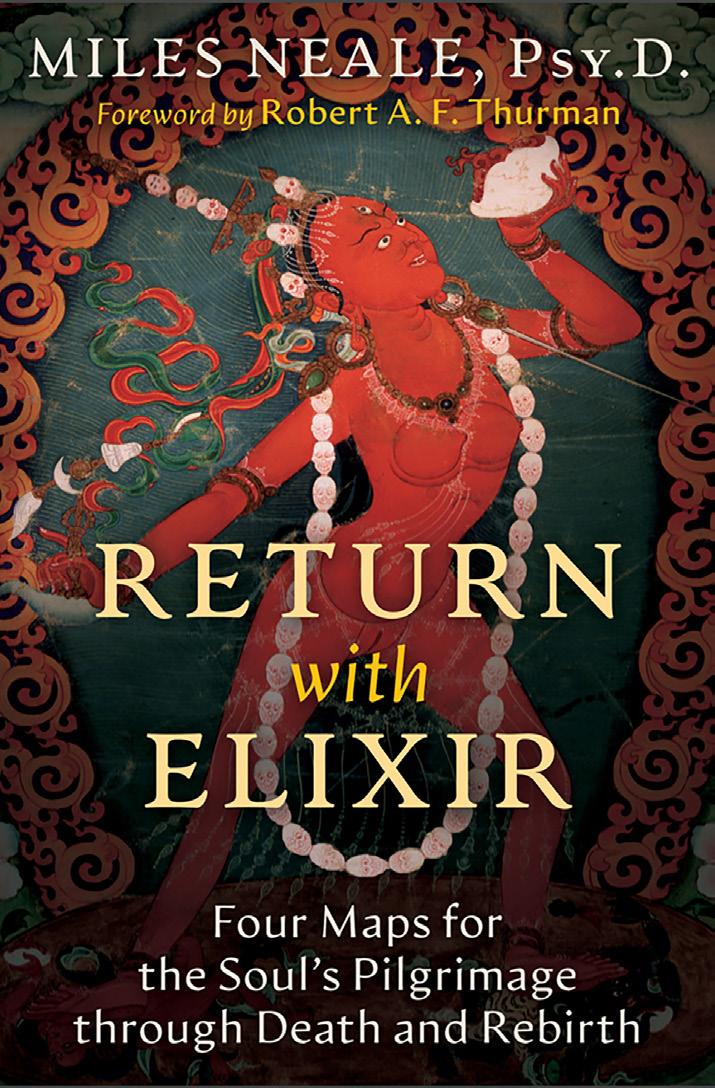
The Bronze Age (or Dwapara Yuga in Vedic tradition), particularly on the upward path, is characterized by the rise of powerful technologies that exceed human virtue. As we remain dominated by corporal interests and base instincts, the residues of the Dark Age still linger. It is a precarious time—a moment where potential for awakening is matched by risk of repeating our own destruction.
Within the Great Year, we can benefit from considering the precession of the equinoxes and the astrological zodiac comprised of twelve archetypal energies, each lasting roughly 2,150 years, which together make up the approximately 25,800 years of the full cycle. Think of this as a cosmic clock, with each sign representing powerful archetypal themes that ripple across humanity in long waves.
Right now, we are caught on the cusp of three simultaneous transitions:
1. A Great Age transition — early Bronze/ Dwapara Yuga
2. A zodiacal shift — from Pisces to Aquarius (2,100-year cycle)
3. An elemental shift — from water signs to air signs (200-year cycle)
These layered transitions create an astrological “perfect storm” of sorts, stirring upheaval but also opportunity.
Cosmos and Psyche
Astrology, when practiced symbolically rather than superstitiously, is not about forecasting fate. It is a system for tracking archetypal patterns in time—a language that helps align inner and outer experience.
The cosmologist Rick Tarnas points out two essential principles found in ancient wisdom traditions that are key to working with astrology:
1. Unus mundus – the idea that everything is fundamentally interconnected. What happens “above” is mirrored “below,” and vice versa.
2. The world is animated and meaningful –not inert, random, or mute, but alive, intelligent, and full of purpose.
This is not about horoscopes or fortune-telling. It’s about navigating the landscape of consciousness with a map—not of roads and cities, but of symbols, forces, and timing.
In the same way a farmer plants according to the seasons, we can live in accordance with cosmic cycles.
Our modern relationship to time is largely linear, abstract, and transactional. It’s ruled by deadlines, schedules, and productivity. But the ancients viewed time as sacred—as a living process, not a resource to be managed.

Miles Neale, Psy.D., is a psychotherapist, teacher of Tibetan Buddhism, and founder of the Gradual Path through which he leads inner and outer pilgrimages of spiritual transformation around the world. The author of Gradual Awakening and co-editor of Advances in Contemplative Psychotherapy, he lives in Bali, Indonesia. https://www.milesneale.com/
Miles latest book, Return with Elixir, published by Inner Traditions International and Bear & Company©. http://www.Innertraditions.com Reprinted with permission of the publisher.
Ancient civilizations built monuments aligned with celestial events: the pyramids of Giza, Angkor Wat, Stonehenge, and Chichén Itzá. These weren’t just architectural marvels— they were cosmic instruments, tracking solstices, equinoxes, and planetary cycles. They provided orientation in both the physical and spiritual sense. They offered meaning.
But as we evolved technologically, we devolved spiritually. As Hermes warned in his lament to Asclepius, we began to value death over life, darkness over light. We lost our connection to the rhythms of the cosmos.
Today, most of us don’t know what phase the moon is in, or what season we’re in astrologically. We are out of step with the pulse of nature and soul.
The vision I had of the Mahabodhi Temple and the counterclockwise movement of the zodiac mirrored what many of these ancient systems had already mapped. The journey inward is also a journey outward. The soul’s progression mirrors the turning of the stars. What looks like chaos is often a necessary dissolution—a sacred undoing before a new pattern can emerge.
When we recognize our moment in cosmic time, we recontextualize our struggles, our fears, even our collective crises. We are not isolated fragments moving blindly through history. We are participants in a grand rhythm, called to wake up and remember.
To use a metaphor from the Hero’s Journey: we are now collectively in the Initiation phase—chaotic, disoriented, uncertain. But Initiation always precedes Transformation.
We are on the threshold.
In the transition from the Piscean to the Aquarian age, we are leaving behind a 2,100-year cycle dominated by belief, hierarchy, and sacrifice. Pisces is associated with spirituality, mysticism, and devotion—but also with illusion, escapism, and martyrdom. The shadow of Pisces is blind faith and victimhood.
Aquarius, by contrast, is the sign of innovation, consciousness, networks, and rebellion. It is the age of awakening to systems thinking, collective evolution, and technological acceleration. The shadow side of Aquarius is detachment, cold logic, and transhumanism. It will be up to us to balance the gifts and dangers.
This is the challenge of our time: to embody the wisdom of the heart in an age of hyper-mental stimulation. To ground ourselves in ancient knowing while moving into an increasingly digital future. To resist the temptation to “transcend” the body, the earth, the soul—and instead become stewards of their renewal.
Sacred Time, Sacred Self
What if we began to live as if our lives were part of a cosmic unfolding— not random, but essential? What if we treated this moment not as an apocalypse, but as a rite of passage?
My own journey through visions, teachings, astrology, and mythology brought me to this realization: the maps are there. The teachers have always been whispering. The symbols are encoded in the stars, in our dreams, and in the ancient stories passed down through time.
We are not the first to walk this path. But we may be among the last to walk it with full awareness before the wheel turns again.
We have a brief moment to remember, realign, and return—not to the past, but to our place in the Great Mandala of Time.

Some lives follow a straight line; others, like that of Dr. Carl Greer PhD, PsyD, unfold like a map drawn by both reason and wonder. Once a successful business leader, he stepped away from the boardroom to follow a deeper calling: to understand the mind, heal the spirit, and help others awaken to the stories that shape their lives.
A clinical psychologist, Jungian analyst, shamanic practitioner, and philanthropist, funding over 60 charities and more than 2,000 past and current Greer scholars. He has taught at the C.G. Jung Institute of Chicago and been on staff at the Replogle Center for Counseling and Well-Being. Dr. Greer blends modern science with ancient wisdom in a way that invites transformation.
Through his five award-winning books, he has guided readers toward selfdiscovery, empowering them to change the narrative of their past and live with greater purpose. In this conversation, Dr. Greer shares the insight, practices, and profound truths he has gathered on his journey-reminding us that it's never too late to become the author of one's own life. His new book is Go Within to Change Your Life: A Hidden Wisdom Workbook for Personal Transformation. Learn more at CarlGreer.com
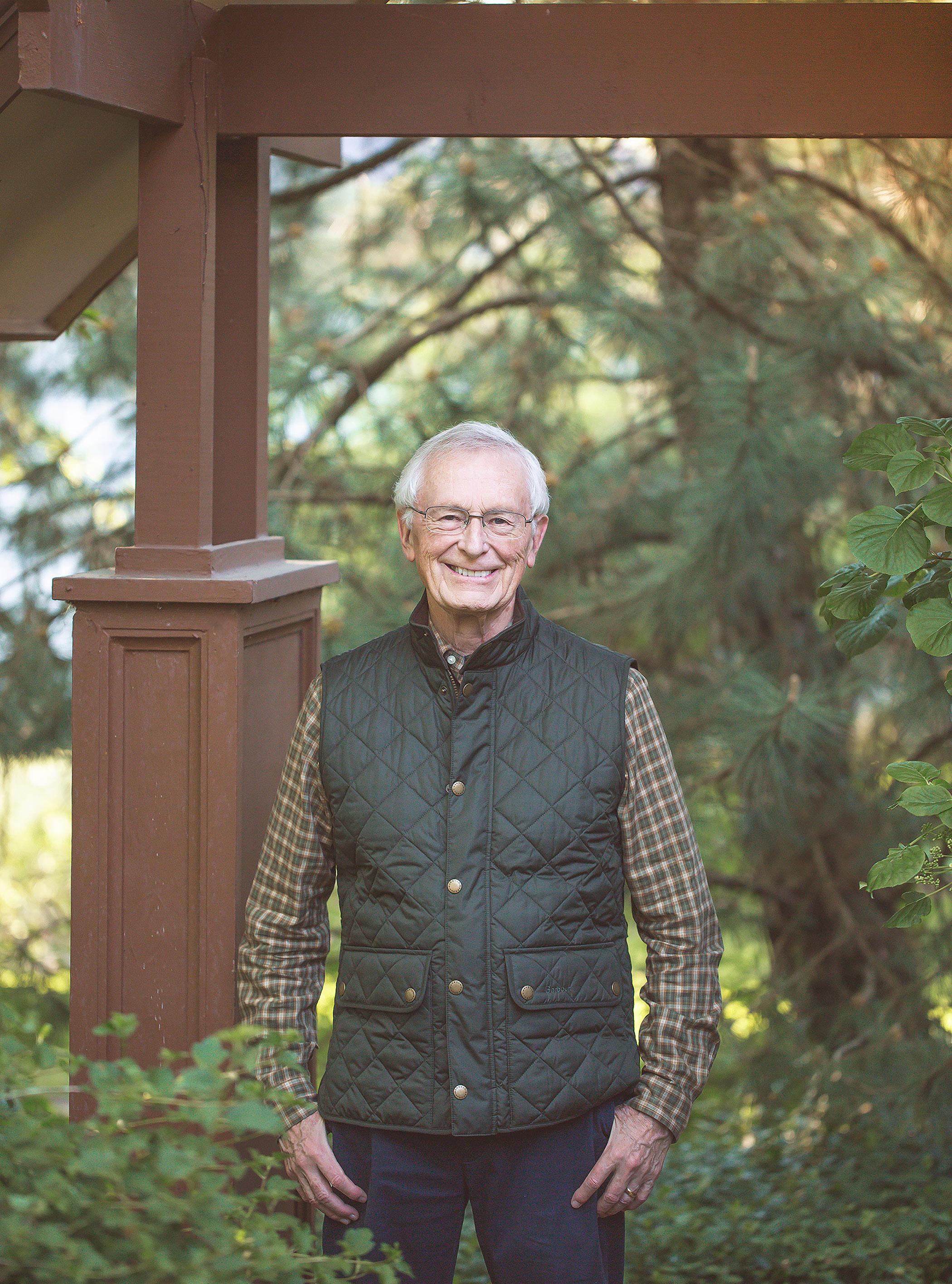
You have had an incredibly diverse career— starting in business and finance, then transitioning into psychology, Jungian analysis, and shamanic practices. What inspired you to make such a profound shift?
For the first part of my life and career, I was goal-oriented and motivated to achieve. I wanted to accumulate accolades and other evidence of my hard work and dedication. In my forties, I became restless and unsatisfied with the life I was living. I began exploring psychology and indigenous spiritual traditions, interests I'd abandoned in my younger years because I didn't feel they were practical pursuits. That choice led me to have a whole new way of being and a different set of goals and objectives.
How has your background in finance and business influenced your work in psychology and shamanic healing?
In finance and business, I focused on action and results. I wanted to quickly resolve a problem and then move on to the next challenge. As a boss, I was often the one to suggest solutions. When I became a clinical psychologist, Jungian analyst, and shamanic practitioner, I had to learn to step back and support others in finding their own solutions. I also had to be flexible and let them work through their issues at their own pace.
Having said that, I benefited from having worked in business, where I had to hold myself accountable for results. In doing healing work, I periodically checked in with myself and my clients as to whether or not what we were doing was helpful.
What were some of your biggest challenges when moving from the corporate world into healing and philanthropy?
I began studying to be a psychologist while I was running a business with many employees, which was challenging. I had to compartmentalize and learn to manage my time in ways that I wouldn't have had to had I just stayed in the business world.
As a Jungian analyst and a shamanic practitioner, how do you see these two disciplines complement each other?
Most Jungian analysts and shamanic healers believe our thoughts and actions are influenced by factors we're not conscious of. A Jungian might think of those as coming from the personal unconscious or collective unconscious (the archetypal realms). Shamanic healers are likely to think they're coming from the spirit world. Also, shamans believe everything is interconnected, and we can relate to the invisible worlds through being in nature and relating to its spirits, engaging them, negotiating with them, and letting them inform us. Similarly, Jungians believe we can relate to and be informed by unseen energies, ones that are unconscious.
What role does spirituality play in mental health and overall well-being?
Feeling that we're part of something larger than ourselves can help us feel less alone, give us a sense of meaning and purpose, and allow us to feel we're seen, heard, and supported. It can be easier to feel that way when we use practices that make us feel connected to that unseen something larger—such as spending time in nature, meditating, doing guided visualizations or shamanic journeys, or performing rituals.
Can you share a transformative experience you've had—personally or with a client—through shamanic practices?
Once while taking a shamanic journey, I knew I was about to go to the Holy of Holies, a place where I would receive an important revelation for me, when the process was interrupted by external factors. Afterward, because that had frustrated me, I meditated on the timing of things, seeking insights. I took away from that meditation that when the time is right, it's right, and when it's not, it's not. I realized that you shouldn't stay in a situation for too long but also you also shouldn't abandon it too quickly. That made it easier for me to accept my disappointment at missing out on what I was sure would be a transformative experience. After that, I was more conscious of having to be patient in some situations but make decisions more quickly in others.
How can individuals integrate Jungian and shamanic principles into their daily lives for greater balance and self-awareness in today's fast-paced world?
First, they need to slow down and pause to reflect on what's going on in their lives, getting out of "monkey brain" so they can access their inner world. There, they can encounter insights and energies for
transformation and bring them back into everyday life. Ways to access one's inner world include such practices as working with dreams, journaling, and engaging the figures, symbols, and images they encounter. One way to do this is to dialogue, having a conversation with what was encountered so you can learn from it. You might be taken aback by the powerful insights you discover.
That said, it's important to integrate what we learn into how we live every day. We can feel full of momentum and intention to transform our lives after having an eye-opening dream or dialogue with a figure encountered on a shamanic journey. Afterward, that feeling can change if we don't become more mindful, taking pauses to make choices that are better for us than ones we've made previously. And making small changes around the margins can add up to big changes over time.
That's why I believe in combining what I call expanded-awareness practices with journaling, setting goals, and developing new habits. We now have a lot of research on habits that can help us stick to our resolutions and make choices that are different from the ones we'd make had we not done the expanded-awareness work.
Many people already journal, but journaling that's effective for transformation is less about accessing the analytical brain and recording the facts of your life and more about writing expressively about experiences you've had and thoughts you're entertaining. You might write about your dreams or what happened when you took a shamanic journey. Reflecting on what your imaginative, creative brain has to share with you can be invaluable for increasing self-awareness and sticking to any new goals you set for yourself.
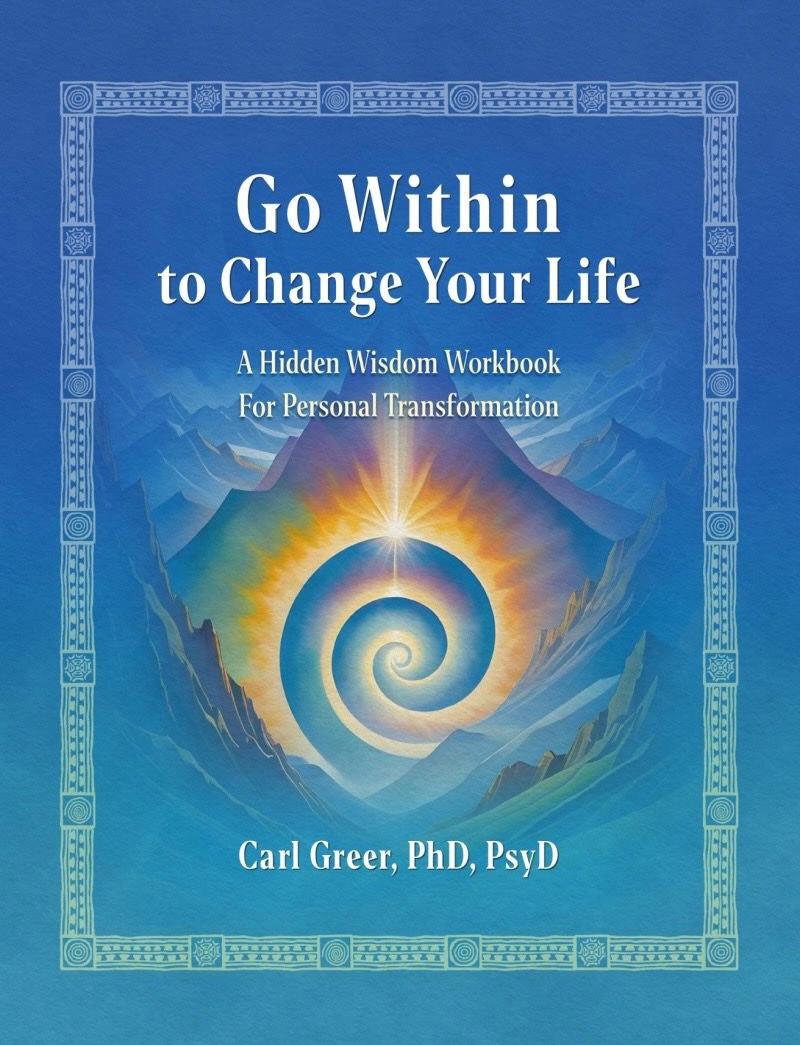

Your philanthropic efforts have funded over 60 charities and supported more than 2,000 Greer Scholars. What drives your passion for giving back?
In significant ways, my studies of Jungian psychology and particularly shamanism made me see that what I'd been doing, how I'd been living, wasn't as fulfilling as sharing and giving back to the community in a tangible way. I thought back to how good it felt as a teenager doing charitable work through my church, or as a young adult summer camp counselor helping underprivileged teenagers to have learning experiences that were often closed off to kids like them. I started to find ways to give back and ultimately started a foundation with my wife that provides support to dozens of organizations. Helping those who are disadvantaged or suffering in some way brings me more satisfaction than accumulating things—money, "stuff," and so on—does.
People running the charities we work with have good intentions, but some of them may not have the knowledge or skills to make the most of their resources and to be as cost-effective as they could be in the work they do. I've shared with them insights gained from my experiences as a businessman so these organizations can have an even greater impact.
What qualities do you look for when selecting Greer Scholars, and what impact do you hope to have on their futures?
I want the Greer Scholars to come from historically disadvantaged groups. My goal is to help them set the foundation for successful careers that allow them to live comfortably and potentially give back themselves. I know that STEM field jobs are a great way to achieve that goal. I've found that when underprivileged students are given support, they end up doing every bit as well in school and post-graduation as their peers from more advantaged backgrounds.
The way I measure the success of the program is whether the students' academic averages improve, they remain on a STEM track, they graduate within four years or closer to four years than five or six, and they end up in well-paying jobs—ones that are better than what they would likely have with a different major. I've compared the numbers to those of peers who were not in the program, which has helped me adjust it over the years, leading to even better results.
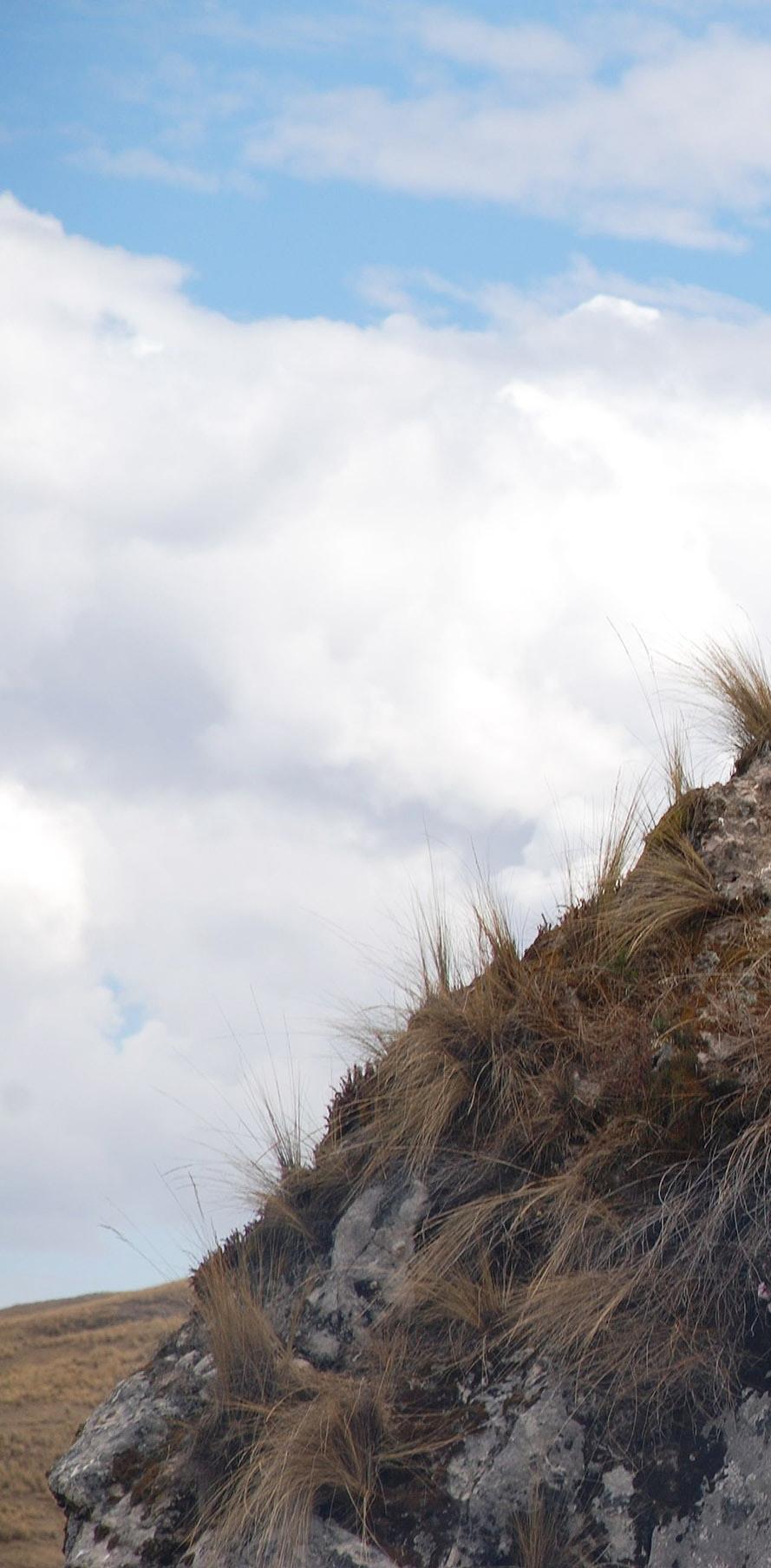
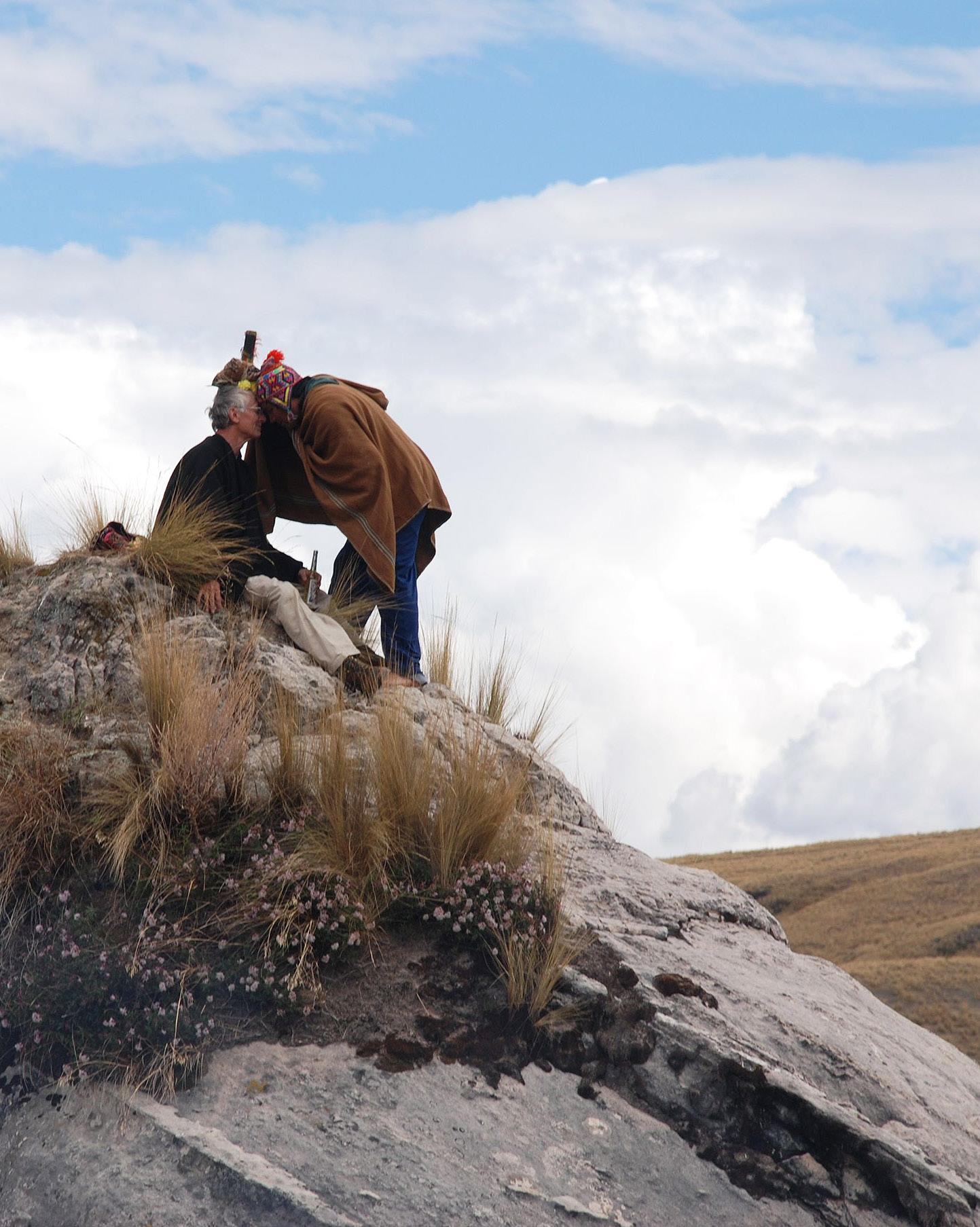


“If you want to make meaningful changes that will lead to a life of greater purpose and fulfillment, it’s best to nurture and grow the qualities of patience, compassion, empathy, and acceptance.”


"In significant ways, my studies of Jungian psychology and particularly shamanism made me see that what I'd been doing, how I'd been living, wasn't as fulfilling as sharing and giving back to the community in a tangible way."
Greer Scholars get individual tutoring and access to research opportunities, internships, and cohort-building activities. They come together to socialize, bond, and help each other, and they're introduced to national groups like the National Society of Black Engineers. These relatively low-cost interventions have such a great impact that in some of the universities where we have Greer Scholars programs, administrators have made these types of opportunities available to students who aren't Greer Scholars. Consequently, those students are achieving more favorable outcomes, too.
Can you share a success story of a scholar or organization that has particularly inspired you?
One of the first Greer scholars at Lehigh University (a predominantly white university from which I graduated) was a young black man from a low-income household. He was elected president of his freshman class, and soon after he graduated, he began work as a management consultant and was asked to be one of the Lehigh trustees.
You have taught at prestigious institutions like Columbia University and the C.G. Jung Institute of Chicago. What have you found most rewarding about educating others?
I like the idea of my presenting material, be it as a businessperson or a psychologist, in a way that makes a difference in a person's life. That makes me feel good, whether I've influenced them to have more success in their careers, more rewarding relationships, or less stress and unhappiness.
What inspired you to write your books, and what message do you hope readers take away from them?
I'm aware that some people don't take their yoga off the mat, so to speak, and don't bring their spiritual practices into their everyday lives. I hope that my books will help them apply what they've gained from shamanic and Jungian practices to their everyday lives in ways that are useful for them. I realize that change is hard and many who want to make changes just don't have the time, wherewithal, or energy to do so. I'm hoping that some of my readers do make changes that they feel are positive, and I've gotten feedback from some of them that this indeed is what's happened.

If you could recommend one essential Jungian or shamanic practice to readers looking to deepen their self-awareness, what would it be? A good starting point is to make the time to periodically reflect on how your life is going and how you're feeling about your life. Write down what you're experiencing. Then, engage in some of those expanded-awareness techniques I mentioned earlier so you can make changes that part of you wants to make but, for various reasons, have been unable to do so.
You might stop yourself every two or three hours to check in with what you're feeling and thinking. Record the data, and when you've done this for a week or so, look at what you've written and see if you can observe any patterns. When were you feeling anxious? When did you feel enthusiastic? Then, imagine how you'd like your life to be if you weren't bound by these patterns. What changes would you have to make?
As I describe in Go Within to Change Your Life, there are other Jungian and shamanic practices that can help you gain self-awareness, such as identifying hidden contracts and stories you're not aware of that are shaping your everyday experiences. Once you have new ideas about what you'd like to create, what you value, and what your life could be like were you to make changes, you've laid the groundwork for personal transformation.
Are you particularly excited about any upcoming projects, books, or philanthropic initiatives?
helped those I was treating or assisting in their healing process. Simultaneously, I'm working on workbooks similar to Go Within to Change Your Life that will focus on relationships and spirituality.
As for my philanthropic endeavors, I'm trying to make home healthcare more accessible and effective so people don't have to spend as much time in emergency rooms and hospitals. I'm also working with others who are committed to finding and sharing more effective ways to promote prevention and wellness.
Looking back on your journey, what advice would you give to someone seeking to make a meaningful change in their life, as you have?
You have to take time to reflect on where you've been, where you are, and where you're going to give yourself the opportunity to course correct and change the direction or momentum of your life. You might like the path you're on, but want to change what you're doing or the pace of your forward movement.
Special Thanks to:
Carl Greer
Photography: Christine Paul & Heidi Aubin
In the book writing realm, I'm working on a book for therapists and clients that shares some of my takeaways from my work and life as a Jungian analyst and shamanic healer. I'm writing about how I conceptualize the work and what I think is and isn't effective for helping clients. I'm including questions I found helpful to reflect on to ensure that my work
I also feel that if you want to make meaningful changes that will lead to a life of greater purpose and fulfillment, it's best to nurture and grow the qualities of patience, compassion, empathy, and acceptance. It's not always easy to feel and express those things, but if you can, the payoff can be big. It certainly has been for me. I was very successful according to society's ideas about what that means for a man, but I'm more satisfied with the life I'm living now, even as I continue to strive to be more in alignment with my values on a day-to-day basis. I'll never be perfect, but I'm certainly less restless and living less robotically. The work I do vitalizes me and keeps me going despite the challenges of growing older and any health issues I have now at 84. I plan to continue on this path for as long as I can.
One of the challenges of relationships is that when we want to be in harmony with someone and feel a sense of connection and belonging, a conflict can arise if we and the other person have very contrary perspectives. In recent years, the divisiveness in our country has increased tremendously. It shows up in our relationships with family, friends, coworkers, and neighbors. Handling conflicts over differing opinions is hard, even when those opinions aren’t about something any of us has control over.
Whether it’s a conflict over feelings about certain events or issues or differing political beliefs, we want the people we care about to be on the same page as us. It’s in our nature to feel a sense of belonging and connection to others. Hoping to avoid conflict, you might agree with people you care about that you won’t discuss hot topics. Even so, they may come up. What’s more, the lack of conversation about issues we care deeply about can make us feel disconnected from someone we long to feel close to. Fortunately, there are some productive and positive ways to handle conflicts over differing opinions.
Acknowledge that different facts and sources exist. Our opinions are often 180 degrees away from those
By Dr. Carl Greer PhD, PsyD
of people we care about because they work from a different set of facts. A conversation about where you and the other person get your facts might be less volatile than a conversation about what those facts add up to. Some people have an emotional need to believe outliers. Others want to believe the experts on a topic and not spend any time considering whether there might be times when the experts are wrong. Sometimes, sharing stories of having been misled by an expert or two or by a once-trusted outlier can help you find common ground with someone. You may never agree on whether the experts or the outliers are closest to the truth, but at least you can agree that both of you have strong opinions based on your feelings about whom to trust when it comes to reliable information.
Practice sacred listening and choose your words carefully. If you do discuss a difficult topic, you can practice what I call sacred listening, which is listening with your full attention instead of half-listening while waiting impatiently for your turn to talk! Being heard makes people feel respected. Typically, they’ll respond by respecting you in turn, listening as well as they can when you voice an opinion that conflicts with theirs.

When you do talk, present your thoughts calmly. Try to avoid sarcasm or emotionally volatile words that you suspect will trigger defensiveness, hurt, or anger in the other person. When you are being listened to attentively, be grateful and honor that gift by expressing yourself mindfully and respectfully. And if you’re set off by something the other person says, you might want to take a deep breath and let it out slowly, doing this a few times until you can feel your nervous system calm down. Calming your emotional response will make it easier to listen, listen, listen, and not overreact to what the other person says.
Don’t expect logic to win someone over. We all like to think of ourselves as smart, informed, logical people. However, when our emotions are strong, we can find ourselves ignoring the rules of logic and giving much weight to the evidence that supports our opinion while dismissing any evidence that doesn’t. We tend to give so much weight to the evidence that makes us sound “right” that we ignore the rules of logic. For example, it’s common to mistakenly believe that because two things have a connection or correlation, one causes the other. It took years for researchers to prove that smoking cigarettes causes lung cancer. Initially, we only knew that people who smoked were more likely to develop lung cancer than nonsmokers, and people who had lung cancer were more likely to have smoked than people who didn’t. That was a case where two things that correlated turned out to have a causal relationship (cigarette smoking causes lung cancer). But in many cases, two things correlate for another reason. Exploring the possible causes of why two things seem to go together can be frustrating if two people don’t agree on the rules of logic and one insists that a correlation is hard evidence of causation (one thing causing another). For example, one person might insist that there are more car accidents on Tuesdays because on four different Tuesdays, he drove by cars that had just had an accident.
When you hit up against someone’s illogical argument, you can try to get them to see that they’re not following the rules, but don’t count on it. People often have a strong need to be right and to stick to their opinion de-
spite evidence that their reasoning is flawed or their facts are wrong. Don’t be surprised if the other person shifts to a new argument once you point out that the one they’re making is illogical. The emotional need to feel secure in one’s perspective is very powerful.
Accept that one person may feel more strongly than the other. Because we want to feel connected to others, it can be hard to accept that the other person simply doesn’t care as much about something as we do. We want them to be in synch with us, sharing our values. When you see a disparity between how strongly you feel and how strongly the person with a different opinion feels, you might want to pause for a moment and simply note that difference. Have compassion for the person who is deeply upset about something you don’t feel strongly about. In response, they may feel more compassionate toward you when you express intense feelings about a particular topic.
Focus on finding common ground. Sometimes, we might feel pressured to say we agree when we don’t. If we go along with the other person’s perspective, we can feel inauthentic and disconnected from them. However, we can all agree on some things, even if it doesn’t always feel that way. You might want to challenge yourself to find common ground with the person whose opinion you disagree with. Maybe you and they both like the same kind of music and enjoy the same activities. In searching together to find common ground, you and the other person are likely to become more open to the other’s perspective—and to respect it—than if you were arguing with the sole purpose of getting the other person to see that you’re right and they’re wrong.
Conflicts over opinions don’t necessarily have to lead to a feeling of disconnection if both parties remember that we have more in common than we have differences. Most people can change their opinion—but they may need time and a good amount of reflection. If you can’t change someone’s opinion but can show them respect by listening and demonstrating that you care about their feelings, you’ll likely find that any conflict of opinion with them is less painful for both of you.


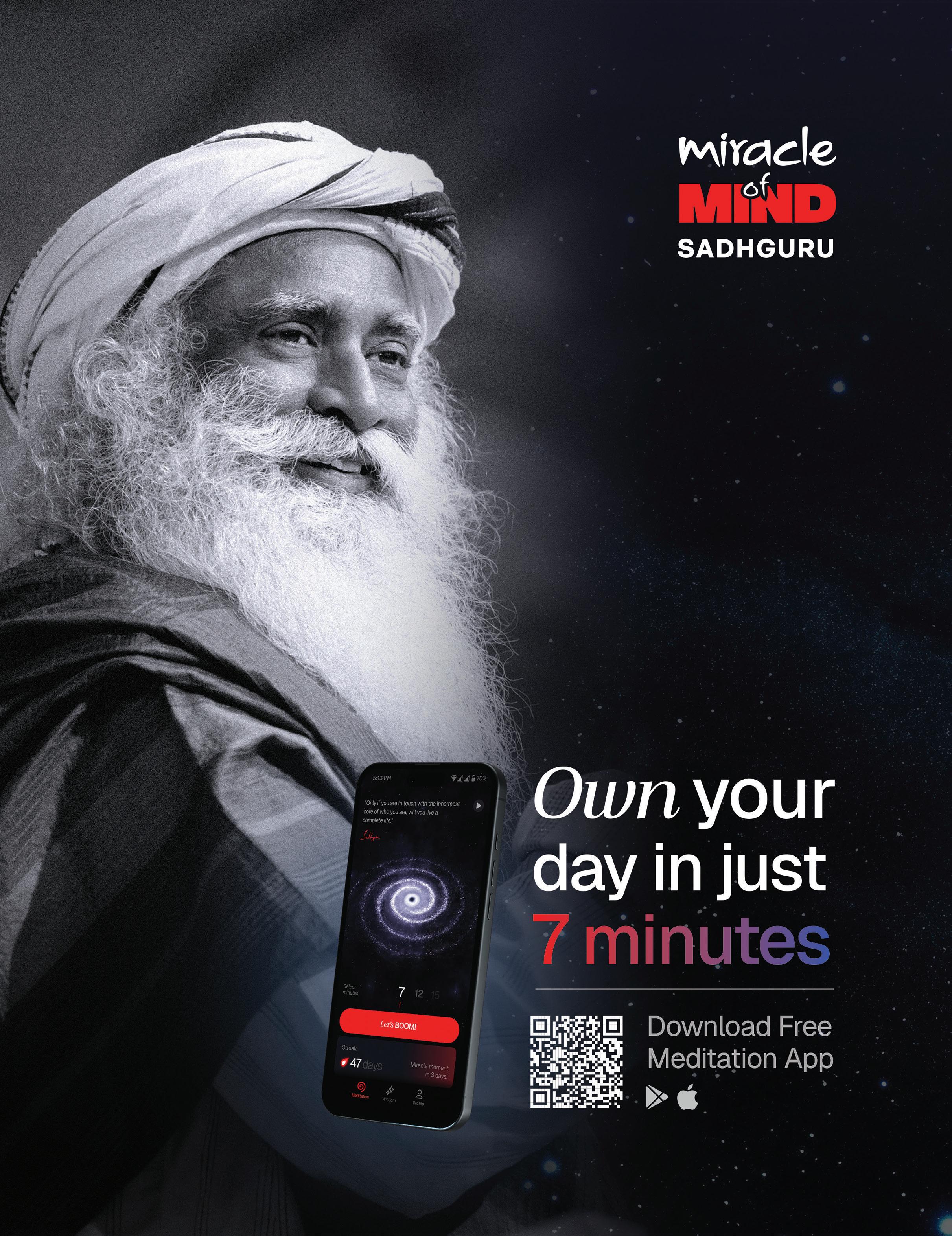

Sadhguru: A few hundred years ago, John Wilmot, an English lord, said something significant about parenting: "Before I got married, I had six theories about bringing up children. Now I have six children and no theories." So what should you do in terms of parenting? Look back at yourself when you were a child – what kind of parents would have been the best? Remember what it was like to be a child, and you will clearly know.
Unfortunately, people have been made to believe that children are all born improperly and we have to correct them, which is not true. If you look at parents and children, generally, children under ten are definitely more joyful. Then who should be the consultant for life – those who are more
joyful, or those who are falling apart within themselves because they do not know how to handle their offspring? Children want to emulate what you do. If you set an example as someone worth looking up to, you won't need to do much parenting.
#1 Evaluate Yourself
Before you decide to have a child, you must evaluate yourself in every aspect – the way you sit, stand, speak, and react to situations. Ask yourself, if you were a five-year-old, would you like and look up to this person? Another thing you could do is spend sufficient time with children to see if they like you, and if you like them. This way, a lot of wisdom would blossom, and fertility clinics would close down.

#2
If you already have a child, all you have to do is create a loving, supportive, and invigorating atmosphere. There is really nothing to teach. You came here a few years earlier than the child. What you know about life that the child does not know are just a few tricks of the world, how to survive, and how to make a living. But you do not know a deeper dimension of life. These tricks need not be taught to children too early. They will learn them later on. When a child enters your life, it is time to learn, not to teach. Children may not know what is dangerous, what is nice, and things like that. But hopefully, you have a certain wisdom about life around you, which children may not have. If they are moving towards danger, exercise your wisdom. Otherwise, children are able to conduct life more joyfully than you. Learn those aspects from them.
Do not teach them commandments that have not worked for you, and that you yourself could never follow. In every society, there are some kinds of commandments. If everyone practiced them, the world would be very different. Obviously, no one practiced them, but still these commandments survived because people teach them to their children. If you want your children to be better than you, the first thing you have to do is to establish integrity, because wherever they go, this will sustain them. If you try to teach your children things that you are not able to follow yourself, obviously, they will see through that after some time. Your words and your behavior should match. If you create a loving and vibrant atmosphere, they will be fine.
You have to physically nourish and mentally ignite children about things. The simplest way is to take them out into nature, where everything, from an insect to a flower, is exciting. But most parents today want to buy some stuff, throw it in the children's room, lock it – everything is padded so that they cannot hurt themselves – and the parents can go to a party. That is not parenting.
Billions of dollars are spent every year on toys for twenty to thirty percent of the children on the planet, while the remaining seventy percent never get a toy in their lives. Those who have bought these toys are the ones who suffer most, on a mental and emotional level. The others may suffer because of a lack of nutrition and other basic requirements. But the affluent ones are going through inner turmoil.
If, instead, you take the trouble of taking your children out, making them climb a tree, walking somewhere with them, taking a swim, or some such thing, the child will grow up physically and mentally healthy.
#4 Prepare Yourself for a 20-Year
Once you have a child, it is a twenty-year project – if they do well. If they do not do well, it is a lifelong project. If you are not ready for that, you should not get into it. Unfortunately, many couples think that for their marriage to survive, they have to have a child. A child is not a personalized project. We are creating the next generation. In some way, the next generation should be at least one step ahead of where we are. If we do not aspire and work towards that, we should not have children. What is the point if the next generation is going to be just like us, nothing more?
And above all, humanity is not on the verge of extinction – there is no need for everyone to reproduce. It almost looks like we are trying to compete with the insect population in terms of numbers. It is time we slow down in many respects.
Those who decide to have children must have dedicated time for them, because this is about making the next generation better than who we are. And above all, you must fix yourself. You must be the kind of person the child will look up to and love to be with. Then, even time can be adjusted. If they are really looking up to you, five minutes of contact can be worth five days.

Experience Yoga in its classical form at Isha Yoga Center Los Angeles and Isha Institute of Inner-sciences. Established by Sadhguru, the centers serve as powerful spaces for inner transformation and raising human consciousness. Located in northern Los Angeles County and Tennessee, the centers offer an array of yoga and meditation programs in a vibrant and conducive ambience.
You are invited to Free Yoga Day, a monthly open-door event a t the center. On this day, we offer a variety of free sessions dedicated to educating and empowering individuals to take charge of their well-being through simple but powerful practices sourced from the Yogic tradition.
Learn more at ishausa.org/la

The responsibility of having a child requires involvement. Suppose you made the mistake of having a child without being able to offer the necessary involvement. Please hand over the child to someone who is loving, caring, and joyful, someone who is able to give his or her life to the child. You can provide the financial support. Whether they are the biological parents or not, the child does not care. Whoever is most loving, most joyful, is the one who children would like to hang around with.
Nowadays, it is not uncommon to find three-year-old kids glued to the television or smartphone screen. And we do not know what they are taking in and how they understand what is shown there, because even you can't figure out what's going on. One moment, somebody is talking about creating a beautiful world, the next moment there is a bombing happening, the next moment something else.
Every parent needs to think about what they want to expose their children to. The exposure that they have had is what will stick with them for life, not a moral teaching. You must expose them to all the positive, wonderful things in life. Positive things do not mean right versus wrong – simply life the way it is.
This may sound extreme, but I think if people want to have children, they should be ready to withdraw with them to a natural space for at least two months in a year, rather than living in city burrows or bird nests of apartments. Even if you have to live in a tent somewhere, children need to be in nature if you want them to be physically and mentally healthy and balanced, which is the most important thing.
The number of people going crazy today is too large. In the European Union, for example, which has en-
joyed economic well-being for much of the last two centuries, thirty-eight percent of the population has psychological problems. This is mainly because they grew up in conditions where they were uncared for. There was emotional insecurity even about their parents. They did not know if their mother or father would leave them at some point. Now, as adults, there is serious emotional insecurity about their spouses and partners. That man or that woman may leave you at any time.
When there is no emotional security, human beings become psychologically imbalanced. If you want a generation of people to be productive, they either must be conscious or they must have emotional security – otherwise, they will go crazy. We have destroyed all these things, and then we wonder why we are not living well, why our children are acting crazy, why our children are shooting someone or shooting themselves. This is so because right from childhood, there is no emotional security. For most people, I would say emotions make up at least eighty percent of who they are. Being such a big power, if you do not harness your emotions, if you do not make them into a positive force in your life, they can smother and destroy you. Today, being emotional is equated with having negative emotions. When we say someone became very emotional, it means they went a little crazy. We have to change this concept in the world. Why do we not acknowledge that joy, bliss, love, devotion, and ecstasy are emotions?
Emotional security is absolutely important because emotions are still the largest dimension of most human beings. If one becomes really conscious, then emotions do not matter. But until then, emotions play a significant role. So, if we want to bring up our children well, there should be a loving atmosphere around them all the time – not just at home, but also in school and on the street.
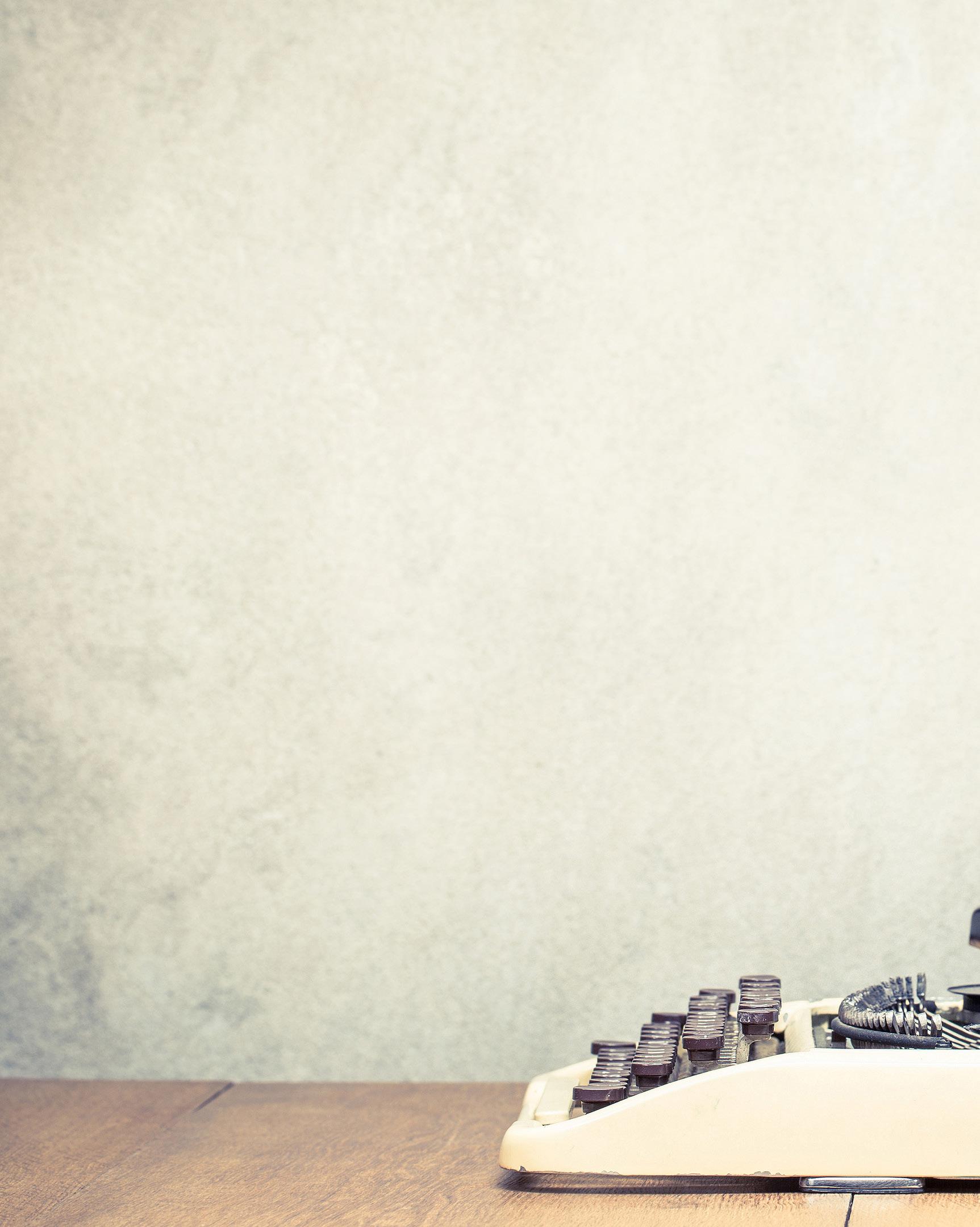
Welcome to Our Contributor Writers’ Neighborhood




TTo promote positive change, stating that climate change is your top priority is akin to saying attending church is the most essential activity of the week. Both involve acting on your personal beliefs without sharing much about the reasoning behind them. Without the clarifying details that make the existential crisis more personal and relatable for others, people may stereotype you as 'other,' from a different tribe. And you may ask yourself, “Why is no one listening to me? Why am I so alone?”
Today, we accept as fact the findings of learned, peer-reviewed scientific and government publications, much like the words of ancient oracles and biblical scholars.
The gospel of the climate change carbon-narrative would please Augustine in its persuasive telling. Let’s unpack it, starting with the warming effect of carbon dioxide on Earth’s climate. It is true that increasing greenhouse gases has a warming effect on the Earth’s climate. However, carbon is hardly a champion in this arena, weighing in at 11% of greenhouse gases. That would be water vapor, accounting for approxi-
mately 80% of greenhouse gases. As for the importance to the climate of the 1% increase in planetary heat energy retained by greenhouse gases, it pales compared to the thermal mass of the ocean. Spoiler alert: There is another climate change heavyweight that we’ll meet later on.
The gospel continues: soil carbon builds up very slowly as animals and plants die, and rocks break down. When detritus decays, most of the carbon goes back into the air. Springtails and worms would beg to differ with this. They actively cut and grind tough plant fibers to prepare the soil for a chemical change into rich, black soil called humus, which can hold carbon for thousands of years. Hooved grazers walk on their toenails to speed up the fiber breakdown and return nutrients to plant roots. Stimulating a plant by chomping or crushing it causes it to increase photosynthesis and repair itself. Only plants left to lie fallow on the ground rot and release carbon into the atmosphere. Not mowing a lawn raises its carbon footprint, while cutting the grass encourages plants to grow, absorb more carbon, and send more carbohydrates from their roots into the soil.

According to the gospel, climate change started about 150 years ago when the carbon cycle became unbalanced with the beginning of the Industrial Revolution, which involved burning fossil fuels and darkening our skies. Today, we are releasing dioxide 100 times faster and suffer twice the carbon dioxide burden at 420 parts per million.
Almost everybody knows that climate change is as old as the Fertile Crescent, located in the valley of the Tigris and Euphrates Rivers, where it was altered by
plows opening the land, releasing carbon dioxide and water, drying out the soil, and burdening the atmosphere with more greenhouse gases. We turned the cradle of agriculture into a desert. Thirty-oneyear-old whaling captain William Scoresby knew in 1820, when he published, “changes of climate to a certain extent, have occurred, within the limits of historical record; these changes have been... considered as the effects of human industry, in draining marshes and lakes, felling woods, and cultivating the earth.”

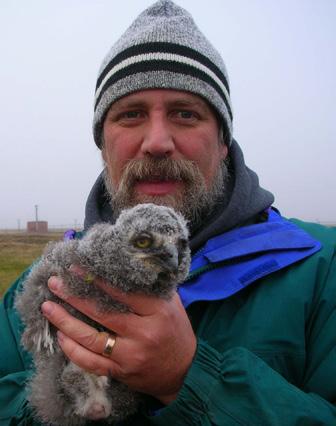
Dr. Rob Moir is a nationally-recognized and award-winning environmentalist. He is president & executive director of Cambridge, MA-based Ocean River Institute, a nonprofit providing expertise, services, resources, and information unavailable on a localized level to support the efforts of environmental organizations. For more information. please visit www.oceanriver.org
The government claims that rising sea levels are mainly caused by ice melt and heat-driven expansion of ocean water on a global scale, and regionally by gravity, land motion, and rainfall. Captain Scoresby knew better, having spent the winters of 1810 and 1811 frozen in the Greenland Sea. For two Aprils, as the ice around his ship melted into blue water, he lowered a ten-gallon wooden cask with valves at both ends to collect seawater at great depths and measure water temperature. When he found water six to seven degrees warmer than the surface, he was surprised to discover the Gulf Stream 100 to 200 fathoms below, flowing toward the Arctic Ocean. In 2007, the Gulf Stream surfaced in Svalbard, and today glaciers on land are melting due to increased stormwater runoff warmed by our heat islands and hardscapes.
Greenlanders dismissed tales of major sea level rise caused by ice melt, reporting that there has been no significant increase in water runoff into the ocean due to the melting of the Greenland ice sheet, except in 2012. Most of the ice melt pools on the surface and refreezes in the fall. Warmer summer weather ushers in more plant photosynthesis and evapotranspiration.
As for the energy retention of greenhouse gases, followed by atmospheric heat-driven expansion of ocean water, elementary school science students would readily demonstrate that one cannot warm water with a hair dryer. Instead, it must be placed on a hotplate.
The truth is that climate change is real. Air temperatures are rising, and there is more heat and energy holding moisture in the atmosphere. Moist air picked up from the ocean expands when passing over our heat islands and paved surfaces. Hotter air, thirsty for more moisture, dries out the land. This increases the risk
of forest fires. With more moisture, more heat energy is retained in the atmosphere, causing storms to become fiercer and dump more water in a short period.
A healthy lawn, without watering or quick-release fertilizer that kills soil microbes, develops deeper roots and richer soil. Because plants produce sticky carbohydrates in the soil, mineral particles are kept far apart, allowing four inches of soil to absorb seven inches of rain. If the land doesn’t absorb the rainfall, stormwater runoff can damage properties, harm residents in low-lying areas, and cost municipalities a lot of money.
Stormwaters are rising despite little increase in annual rainfall. We have replaced the ground’s natural carbon sponges with hardscapes that warm the landscape. Stormwater flows over heat islands, transferring heat energy to the Atlantic and strengthening the Gulf Stream, which has an enormous thermal mass that melts sea ice, opens the Arctic Ocean, and alters the Arctic climate.
Every story adds value to the global conversation, from ancient shifts in the Fertile Crescent to modern opportunities to green our cities. Let’s turn skepticism into a connection with the land and inspire real change.
To paraphrase the Talking Heads, where is the water flowing underground, under the rocks and stones, and into the blue again? Once in a lifetime, opportunities arise to restore vegetation and soil, turning hardscapes and heat islands into green landscapes—even if it's just with potted plants on cement stoops.
With the right stories and understandings of how we’re all connected, one planet, we can rehydrate the earth and cool the climate. Then, as the Velvet Underground once sang, you know it’ll be alright.
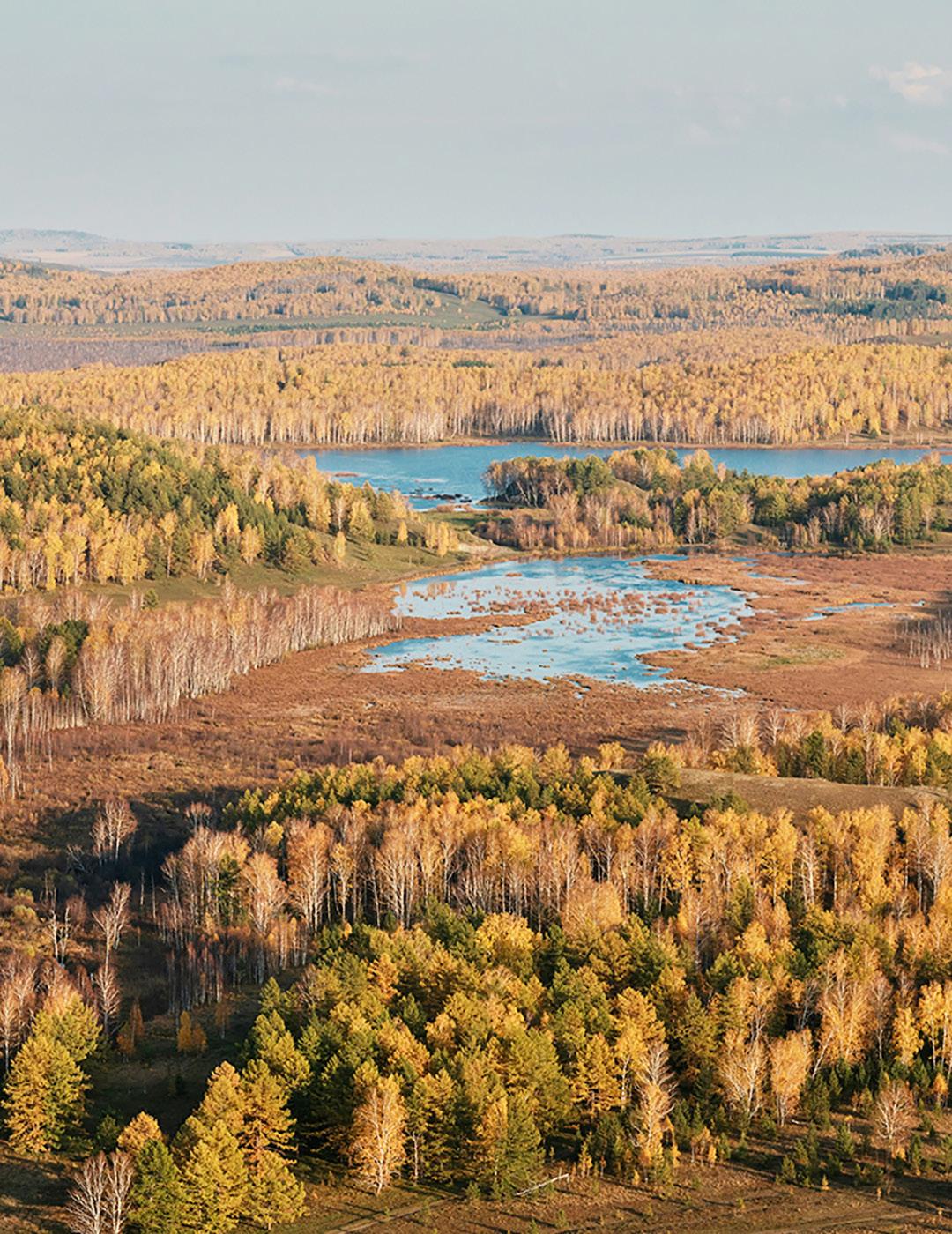

By Nikki Pattillo
As summer fades and autumn begins to unfold its golden tapestry, the natural world undergoes a transformation rich in beauty, meaning, and metaphor. Trees turn from green to gold, scarlet, and rust. The days grow shorter, the air cooler, and a sense of quiet introspection permeates the landscape. Of all the seasons, autumn perhaps speaks most clearly to the soul—inviting us to reflect, release, and renew. At the heart of its message lies a profound spiritual truth: just as trees let go of their leaves, we too are called to let go of what no longer serves us, of past seasons, of ego, and of attachment. In this letting go, we make space for inner peace, healing, and growth.
One of the most striking features of autumn is the shedding of leaves. Trees that once stood in full green splendor now lose their foliage,
appearing bare and vulnerable. And yet, this shedding is not a death, but a preparation. The falling leaves are not discarded waste; they are nature's offering, returning nutrients to the soil and making room for future growth. This annual ritual is not an act of weakness but of wisdom.
Spiritually, the falling leaf symbolizes the practice of release. In our lives, we hold onto many things—grudges, fears, outdated identities, toxic relationships, unfulfilled expectations. Like leaves past their season, these attachments weigh us down. They clutter our inner world and block the light of presence. Autumn reminds us that release is not loss, but transformation. In letting go, we honor the cycle of change and make space for something new to emerge.



Letting go is not easy. It requires courage, trust, and a deep surrender to the unknown. Much like a tree must let go of its leaves without knowing when spring will return, we are often called to release without clear assurance of what comes next. This process can feel like a kind of death because while the ego resists, the mind fears emptiness, and the heart aches with uncertainty.
Yet autumn assures us that letting go is part of the sacred rhythm of life. Without it, there can be no regeneration. Spiritually, this mirrors many ancient teachings. In Buddhism, the practice of non-attachment is central to awakening. In Christianity, the concept of dying to the self is essential for spiritual rebirth. Indigenous traditions honor the cycles of nature, recognizing the fall as a time for turning inward, for rest and renewal.
When we let go, we are not losing ourselves—we are shedding what is false, temporary, or outdated. We are clearing space so that our true self, our deeper wisdom, can emerge. The tree does not mourn its leaves; it trusts the process. Can we do the same?
Autumn also teaches us to see beauty in what the world often calls decay. The vibrant colors of fall, like fiery reds, golden yellows, and deep oranges, are paradoxically signs of death. As chlorophyll fades, the true colors of the leaves are revealed. This is not a tragedy but a revelation. In the same way, when we allow the false layers of self to fall away, we often discover the brilliance of our essence hidden beneath.
There is spiritual wisdom in embracing the beauty of endings. We live in a culture that glorifies youth, growth, and accumulation. But autumn speaks to the holiness of decline, of maturity, of letting go. It invites us to see aging not as a loss, but as a luminous unveiling. Like trees in autumn, we too can become most radiant just before we release.
This perspective fosters compassion both for ourselves and others. We learn to hold grief and gratitude together, to honor what has been while welcoming what will be.
We understand that life is not linear but cyclical, and that every ending contains the seed of a beginning.
To attune ourselves to autumn is to listen to the sacred voice of nature. The natural world is not separate from us; it mirrors our inner life and offers constant guidance. In autumn, the earth slows down. Animals prepare for hibernation. Plants draw their energy inward. Everything simplifies.
This simplification is a powerful spiritual lesson. In a world that often demands speed, productivity, and endless striving, autumn reminds us to slow down, to reflect, and to turn inward. It calls us to pare down our lives to what truly matters, to practice mindfulness and presence.
In spiritual terms, this is a time for discernment. What are we carrying that we no longer need? What habits, roles, or beliefs are ready to be released? What inner clutter prevents us from living with clarity and purpose?
By observing nature, we remember that rest is not laziness, but wisdom. That stillness is not stagnation, but preparation. That letting go is not failure, but freedom.


Nikki Pattillo graduated from Stephen F. Austin State University in Texas and began her career as a clinical and molecular biologist.
As a child, Nikki was psychic, conversing regularly with her angels and guides, but it wasn’t until she was in her 30s that she accepted her gift.
She is now an international author with Ozark Mountain Publishing.
She authored Children of Stars: Advice for Parents and Star Children, A Spiritual Evolution, A Day in Spirit: A Spiritual Calendar for Teens, and A Golden Compass She has been featured on BRAVO and The History Channel and writes numerous magazine and newspaper articles to help raise awareness and consciousness of environmental and spiritual issues.
The spiritual wisdom of autumn is ultimately about returning to wholeness. As we let go of what no longer serves us, we return to our center. We are not becoming less; we are becoming more ourselves. Just as the tree remains rooted and alive after shedding its leaves, we remain whole even as we relinquish roles, attachments, and illusions.
This process can be deeply healing. Emotional wounds often fester because we refuse to let go of blame, guilt, resentment, or pain. But when we release, we create space for forgiveness, compassion, and peace. We no longer define ourselves by our past or by our possessions. We rediscover the simplicity of being.
Autumn is a spiritual invitation to remember that we are not our leaves. We are not our accomplishments, our status, or even our stories. These things may fall away, but the soul remains rooted, resilient, and ready for new life.
To honor the spiritual lessons of autumn, we can create practices that mirror nature’s wisdom. Journaling, meditation, and prayer can help us identify what we’re ready to let go of. Symbolic rituals like writing down what we wish to release and burning the paper, or taking a walk and releasing a stone into a river, can offer tangible ways to embody this transition.
We might also take inspiration from seasonal traditions. In many cultures, autumn is a time of remembrance of ancestors, of harvests past, of lives lived. The Mexican celebration of Día de los Muertos, for example, honors the dead with joy and reverence, recognizing that life and death are intertwined. Such rituals teach us to let go not with fear, but with love.
Even simple acts like decluttering
a room, spending time in nature, or lighting a candle can become spiritual practices when done with intention. They remind us that letting go is not a one-time event, but a continual unfolding.
At its core, the spiritual wisdom of autumn is about trust. Trust in the cycles of life, in the wisdom of release, in the mystery of what lies ahead. It is easy to cling to what is familiar, to resist change, to fear the empty branches. But autumn shows us that emptiness is not the end—it is the beginning of possibility.
The bare tree is not barren; it is resting, conserving energy, and preparing. Likewise, our times of emptiness are not wasted; they are sacred pauses. When we embrace this mystery, we free ourselves from the illusion of control and open ourselves to grace.
Spiritual maturity means learning to live with seasons. There will be times of abundance and times of loss, times of blooming and times of shedding. By aligning ourselves with these rhythms, we move with life rather than against it.
Autumn is more than a season; it is a spiritual teacher, a mirror, a call to consciousness. It invites us to let go not in despair, but in faith. To trust that in every falling leaf, there is a lesson. To see that in every ending, there is the whisper of a new beginning.
As we watch the trees surrender their leaves, may we find the courage to do the same. May we release what no longer serves us. May we embrace the beauty of change, the necessity of rest, and the promise of renewal. In the quiet wisdom of autumn, may we remember: there is strength in softness, grace in letting go, and peace in aligning with the rhythms of the soul.

By Polly Wirum
Last month in The Eden Magazine, we shared the first part of Polly Wirum's adventurous journey to the Alsec River, where she opened up about letting fear shape her decisions along the way. This month, we continue the story, deep into the next chapter of her travels and uncovering the beauty, mystery, and profound connection she discovers in this magnificent corner of Alaska.

DDoes personal transformation take place in one moment, or is it a series of events that finally free us from the burdens in our mind and life? As we continued our journey on the Alsec, it was easy for me to see the similarity in the changes occurring on the landscape and the shifts that humans experience as we move through life.
Within the constant movement of energy, the days and nights almost blended together. There literally wasn't a moment that didn't offer a view that, by itself, was inspirational. Having a steady stream of powerful images was almost too much to take in. I sometimes found it difficult to appreciate one singular waterfall or mountain for its own unique greatness.
I’ll share a few of my favorite memories from the trip.
One day, we made it to our campsite pretty early in the afternoon. There were some lakes nearby that we planned to take a quick dip in. This is basically stripping off your clothing, jumping into the glacier blue water, rinsing off,
and quickly dressing. It's always surprising how warm 50 degrees feels after being in the freezing water.
On that particular day, a grizzly was enjoying the water that we were going to swim in. He slowly moved away from the lake and took one last look at us from above before we took his place in the water.
Another one of my favorite days was when I hiked up Goat Head Trail with the Swarthy Boatman. We took our boots off to cross mud and streams, and scrambled up rocks, and bushwhacked up the mountainside. It was the perfect spot to surprise a bear, so we made lots of noise and had our bear spray in our hands.
Near the top, mountain goat hair covered the bushes. The white hair was draped like strands of tinsel on a Christmas tree; other times, it was found clumped up like cotton balls.
The views were incredible. We could see the river, lake, a huge glacier, icebergs and far off in the distance you could make out our tents.

I also loved the day it was warm enough to go barefoot and just wear a pair of shorts after swimming in a lake.
Another one of my favorite memories was taking a hot shower in the sun. The streams of water from the nozzle were very fine and created a rainbow when I looked up at the sun through the water. I waited over a week for this shower. The joy of rinsing off dirt and mud, while smelling shampoo and conditioner will not be easily forgotten.
Another day we had a big rapid to go through. We wore helmets, and dry suits in case our plan was challenged. The guides scouted the river before deciding the safest way through the rocks and rapids. For whatever reason, I wanted to brush my teeth before we began our path through the churning water. My request was denied, but I later learned that there is a saying, “clean teeth, clean line.” Maybe this is why the guides always brushed their teeth in the boats, just before we started the day.
One part of the river has never been successfully run by a boat, and probably fewer than 100 kayaks have made it through Turn Back Canyon. A helicopter portage is needed to continue down the Alsec. This requires a helicopter to arrive at the preplanned time and place. It takes several trips to get the gear, rafts, and people down the river, about ½ mile. Everything but the people is carried by a big net suspended below the helicopter.




Polly Wirum is a psychic, life coach, and writer. Years ago, she experienced a health crisis that led to a complete spiritual and life transformation. When she thought her life was crumbling, the universe was easing her grip on everything, distracting her from the truth. The healing helped her discover the beauty of a joyful and uncomplicated life.It is here that she connects with wisdom and magic. She shares this with her clients through life’s coaching psychic readings and spiritual retreats. visit Pollywirum.com
The day before this portage, we had the opportunity to request things flown into camp. Frequently, people ask for a specific food or even alcohol. We requested pretzels, fresh organic greens, and I personally requested hair conditioner. I was excited about cleaning the silt, smoke, and grime from my body and hair. There was a little harassment that went along with my request, but one of the guides enjoyed my shampoo and conditioner:)
The overall energy of the landscape was constantly shifting and redirecting; sometimes roughly tossing trees, moving boulders, and setting huge pieces of ice free. Other times, like in the middle of the night, everything feels still and protected in the summer sky that never completely darkens.
On our last day, we were up at 5:00 and on the river by 7:00 AM. The morning was clear, and the views were spectacular. The guides moved the boats through a lake filled with icebergs from the nearby glacier. I didn’t take many pictures on the trip, but the morning light hitting the ice and water created spectacular moments that even an unskilled photographer can capture.
The lake joined a river, where we stayed mostly near the left shore. Around 10:00 we made it to where the boats were taken out of the river. Everything was unloaded and placed on trailers attached to four-wheelers. A local family transported us up to a landing strip in a field of grass and wild strawberries. Next a small plane took all the gear and made a second trip back for the guides.
Another small plane took the three paying passengers to a very remote airport that could eventually fly us to Juneau, Alaska. Here it’s easy to catch a ferry or flight in the direction you call home.
One person came out mentally surfing all the choices in his life. At times he dreams of letting it all go to see what sticks in a crash landing. Other times, he wants to focus on one thing and carry it close to his heart forever. This wasn’t a huge shift for this person, but the reckoning of his life choices is felt now more than ever.
Another person discovered a new way for her grief to flow. She was able to release some pressure that had built up because of self-imposed timelines.
Another person felt the call for change even stronger, but remains unsure of what his life will look like. He is carefully scouting his personal rapids, wanting to make the right choice for the best life. A sweet adventure, full of potential, is waiting for him if he can simply say “yes.”
Yet another felt the pull of something new and wonderful. The Universe is asking her not to fear the new channel that has been created. She needs to bravely release what is not serving her, as she enters this new energetic flow. I took away gratitude for the laughter and intimacy that developed over thirteen days. The river also reminded me of my gratitude for what occurs naturally in our world, be it emotions or a raw landscape.
Although, sometimes I wish I could call in a helicopter to portage me to the safe side of uncertainty.
Exit
Wherever you are in life, I encourage you to be touched by the wild and untamed. There is an adventure calling to each of us. We only need to bravely say, “yes”, and commit to the journey that will free you from the distractions of life.
Thank you for reading this, and I wish you peace and joy as you move through life’s choices.



TToday, I would like to share my thoughts on a heavy topic, one that’s not easy to discuss, but that I feel is deeply necessary. This is precisely why I created Heartfelt Conversations with Emilie: to give space to the truths we often carry in silence.
What I am about to share comes from a very personal place, from the quiet corners of my own story, and from what I have witnessed in so many others. It’s not just about pain. It’s also about hope, healing, and the soul-deep power of being seen, felt, and understood.
So before we begin, I invite you to take a breath with me. Let this be a soft landing. You are welcome here, just as you are.
I first shared this part of my life in my book, The Naked Truth of a Healer: The Path to My Authentic Self. Coming back to this now feels like opening an ancient, sacred door, not because the pain still defines me, but because I know that somewhere, someone stands at their edge, longing not just to be recognized, but to be truly seen, deeply felt, and profoundly understood. It is the silent pain in our hearts that isolates us, yet it is also the
very pain that calls us home to connection.
We are living in tender, trying times. Many people seem to “function” normally, wearing smiles for others to see, yet they silently battle deep internal pain every day. I understand this struggle because I've been through it myself. I have helped communities impacted by suicide, witnessing how often vibrant individuals, full of life, find themselves in unexpected darkness. September 10, as we acknowledge World Suicide Prevention Day, I feel it is more important than ever to speak openly and honestly, not just about the statistics, but about the souls behind them without judgment. We can all experience moments of darkness where we feel like we have lost the ground beneath our feet. This is not a sign of weakness, but a reminder that we are human.
When I was 20 years old, I experienced the darkest night of my life. For a moment, I relaxed to the idea of death. I did not want to die. I wanted the bleeding pain in my heart to stop. The silent, soul-piercing ache was too much to carry. From the outside, I appeared well-grounded, even radiant.
“
Talking about suicide prevention is essential, but it’s only the beginning. Love without action is like a seed that is never planted, beautiful in theory, but unable to take root or grow into anything real.
I was the one whom others turned to, the strong one, the reliable one, the giver. I held space for so many, all while quietly bleeding inside. My despair didn’t scream, it whispered. It was wrapped in smiles and responsibility. Day after day, the weight grew heavier. No one saw how tightly it clung to me, how it slowly smothered my spirit as I fought to keep the pain hidden beneath the surface of my wellkept life. I was able to save myself from the darkest moment of my life. Not everybody is that lucky.
In 2025, we are in the depths of a mental health and spiritual crisis. The numbers are alarming. In the United States alone, more than 49,000 people died by suicide in 2022. That’s roughly one death every 11 minutes.1 The suicide rate is the highest it has been since World War II. Young people, especially, are suffering. Among those aged 20–24, the suicide rate jumped by 63% from 2001 to 2021.2
According to several leading voices in the field of suicide prevention, disconnection is the center of many crises. Edwin Shneidman, American clinical psychologist and suicidologist, who coined the term "psychache," believed suicide is a result of unbearable psychological pain, a pain often caused by unmet emotional and spiritual needs, not just mental illness.3 Chikako Ozawa-de Silva, a distinguished medical and psychological anthropologist, explored how societal structures can make people feel invisible and expendable in her book
The Anatomy of Loneliness
“Loneliness,” she writes, “can be as lethal as disease.”4 Dr. Thomas Insel, a psychiatrist and neuroscientist, and Dr. Therese Rosenblatt, a clinical psychologist and psychoanalyst, emphasize that while suicide has clinical components, healing begins in connection, through
belonging, meaning, and safe relational spaces.5
Lastly, renowned psychotherapist Esther Perel discusses the heightened level of disconnection in our society, where people have thousands of followers. Perel says, “I have a thousand friends, but not a single person to feed my cat.”6
We are collectively more connected than ever before, yet we are also more isolated, with no one to call during an emergency. Loneliness has become a silent epidemic, compounding the wounds left by trauma, societal pressure, and chronic emotional suppression. But beneath this disconnection lies a deeper spiritual wound, the forgetting of who we truly are. We are more than our struggles. We are complex beings with experiences that shape us, deserving of compassion and understanding. We are sacred souls, wired for belonging. Our true essence is love.
When someone considers ending their life, it is not always a wish to die. It is often a cry for a life that feels alive. A life where they are seen, held, and allowed to be exactly as they are, without masks, without performance, without having to shrink their truth.
Many people today carry invisible burdens. Pain doesn’t always shout. Sometimes it whispers beneath the surface. In my own life, I began to find relief when I finally allowed my pain to be seen and acknowledged. Embracing the freedom of my soul in sharing my truth brought me a sense of peace that I had been longing for. It was a journey of connection and understanding that helped me heal. Healing did not come overnight. It came slowly, through connection. Through remembering that even with my deepest wounds, I was not broken. I was enough. I was worthy.
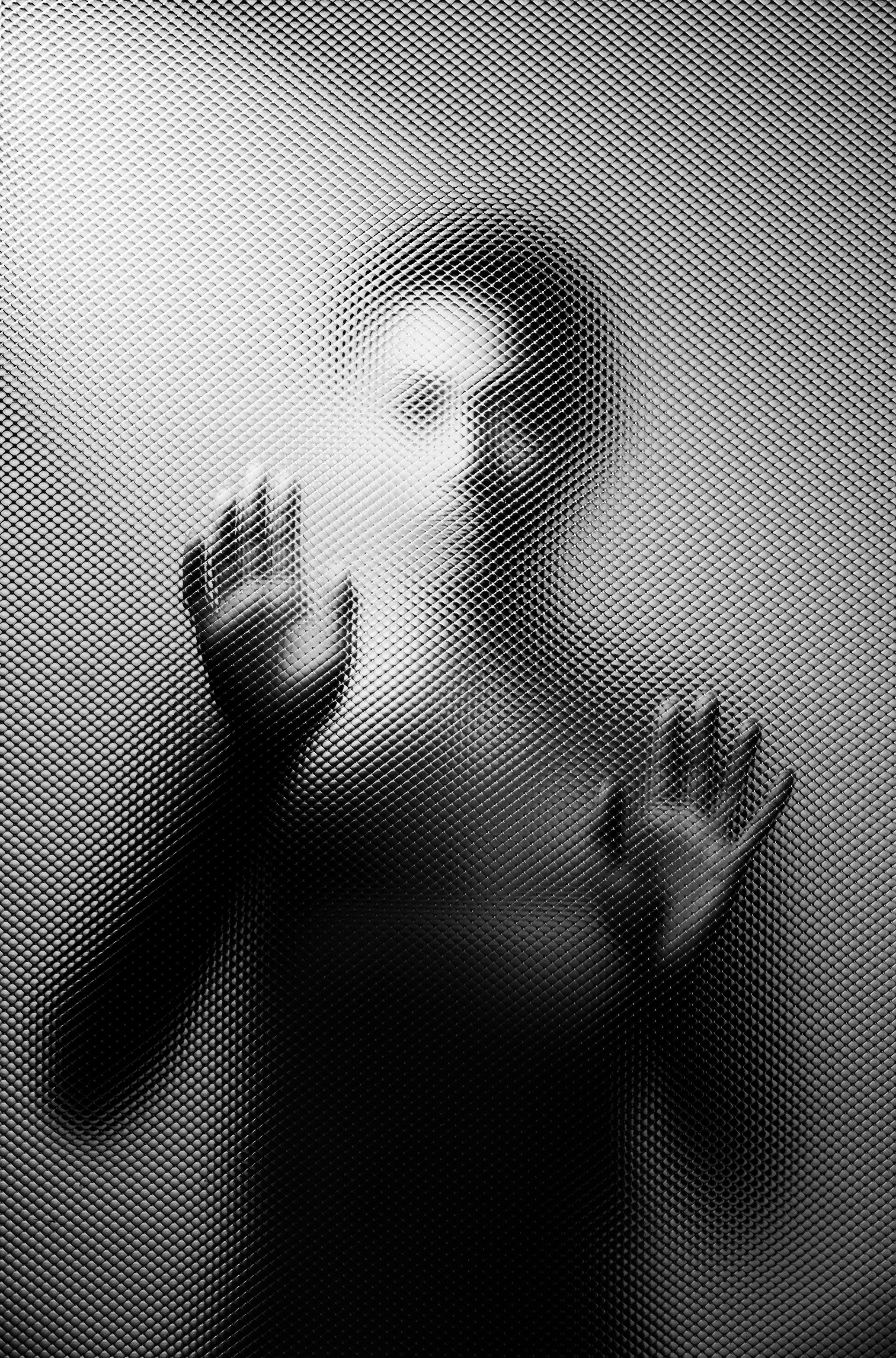

Émilie Macas is a transformational holistic educator, Reiki Teacher and trauma counsellor, mindfulness and Chopra meditation educator, certified life coach, author, and motivational speaker.
Émilie has owned a private practice for over a decade. She continues to empower others to adopt a spirit of raw truthfulness, guiding them to their inner wisdom and empowering them to connect with their inner pharmacy.
The rising suicide rates are not just statistics. They are stories. They are mothers, fathers, brothers, sisters, lovers, friends. They are spiritual cries for something more profound, for authenticity, for a sense of belonging, and for a reason to live beyond mere survival. We are not meant to walk this life alone. We are not meant to be superficially connected by memes, TikTok trends, social media, or the AI world. We are not meant to carry the weight of our human experience in silence.
Let’s do more this September to talk about suicide prevention.
Talking about suicide prevention is essential, but it’s only the beginning. Love without action is like a seed that is never planted, beautiful in theory, but unable to take root or grow into anything real. It stays buried in potential, never awakening into the life it was meant to take.
We can share hotlines and post awareness hashtags, but if we don’t show up, if we don’t take the time to truly see one another, then what would happen if we put down our phones a little more and look around us? What if prevention meant more than reacting to a crisis?
What if it meant slowing down enough to connect deeply?
We live in a culture where the normalized response to the question, “How are you doing?” is usually “busy.” This answer does not say anything about HOW someone is doing, but what they are doing. What about exploring, “How are you truly doing?” where it offers compassion and curiosity, led by kindness, with the deep intention to connect with people,
not through posts or trends, but through human connection?
This is the soul work we need. Looking beyond the surface smiles. Listening beyond the rehearsed answers. Being present enough to catch the silent cries. If we want to turn these heartbreaking statistics around, we need a revolution of the soul, a revolution of presence, empathy, and courageous connection.
The world doesn’t just need more talk, it needs more hearts to awake, more hands ready to hold, and more souls willing to walk the path together—not on social media, but in genuine human connection.
Will you be one of them?
If you or someone you know is in crisis, reach out. You can call or text 988 in the U.S. for free, confidential support 24/7.
1.Garnett, Matthew F., Sally C. Curtin, “Suicide Mortality in the United States, 2002–2022.” U.S. Centre of Disease Control and Prevention (CDC). NCHS Data Brief, No. 509 (September 2025), accessed July 25, 2025, https://www.cdc.gov/nchs/products/ databriefs/db509.htm#section_1
2. Curtin, Sally C., Matthew F. Garnett, “Suicide and Homicide Death Rates Among Youth and Young Adults Aged 10 – 24: United States, 2001–2021.” U.S. Centre of Disease Control and Prevention (CDC). NCHS Data Brief, No. 471 (June 2023), accessed July 25, 2025, https://www.cdc.gov/nchs/ products/databriefs/db471.htm
3. Baryshnikov, Ilya., Erkki Isometsä, “Psychology pain and suicidal behaviour: A review.” Frontiers. Volume 13 – 2022 (August 2022), accessed July 25, 2025, https://www. frontiersin.org/journals/psychiatry/articles/10.3389/fpsyt.2022.981353/full
4. Osawa de-Silva, Chikako, “The Lonely Society: Medical Anthropologist Examines Loneliness and Suicide.” Psychiatry Online. Volume 55, No. 24 (December 2020), accessed July 25, 2025, https://psychiatryonline.org/doi/full/10.1176/appi.pn.2020.12b8
5. Rosenblatt, Therese, “Pathways to Suicide Prevention: Meaning, purpose, and relationships are key.” Psychology Today. August 10, 2022, accessed July 25, 2025, https://www. psychologytoday.com/us/blog/inside-real-peoples-heads/202208/pathways-suicide-prevention
6. Brown, Brené, host. “Esther Perel on New AI – Artificial Intimacy.” Unlocking Us, March 20, 2024. Podcast audio. https://brenebrown.com/podcast/new-ai-artificial-intimacy/

By Dulce Garcia Morman, Ph.D.
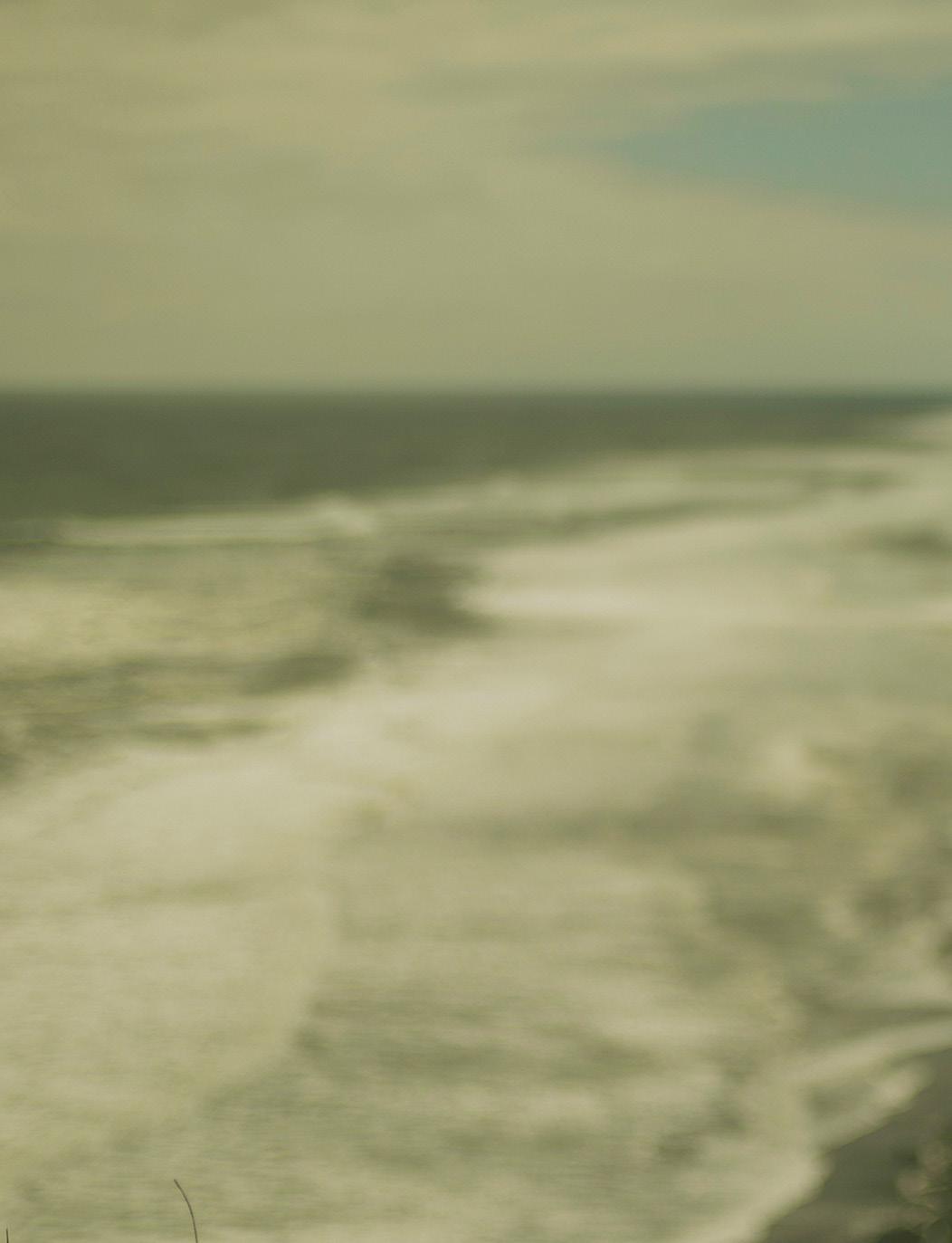


II recently came across a thoughtful piece that explored the emotional overload many of us may be feeling as we watch current events unfold around us. The article pointed out a word in the German language that captures this emotion quite accurately - weltschmerz, which translates literally to “world pain.” I find it fascinating that there is a dedicated word to describe this feeling of what appears inevitable if we participate in the interconnectedness of all living things. For me, interconnectedness is an active state of being connected, rather than a conceptual understanding of it. We can conceive of such a thing being possible, but to be it is a different level of knowing. “Coined by the German writer Johann Paul Richter in his 1823 novel Selina, Weltschmerz has been used by scholars to signify a unique type of sorrow that is linked not to personal hardship but the hardship of others; not to one’s own misfortune, but the misfortune of the world at large. It pervades certain works of literature and philosophy, from Wolfgang von Goethe’s The
Sorrows of Young Werther to Arthur Schopenhauer’s World as Will and Representation (Nautilus, July 10, 2025). Some critics have thought of Weltschmerz as an abnormal sensitivity, but I differ in that this would seem a normal, and in fact essential, emotion if we are to retain our humanity.
Running into this word got me thinking about larger questions For example, if we accept the premise (because we know it through our lived experience) that all beings are deeply interconnected, then we may have to confront the inevitability of world pain. If events such as trauma or distorted social conditioning have not interfered with our human wiring and its capacity for empathy, then it follows that this weltschmerz is unavoidable. Of course, these emotional flare-ups are activated as we witness the suffering of others, and with the hold of social media in our daily lives, the activating conditions are in our faces all the time. And, yes, we can disconnect from
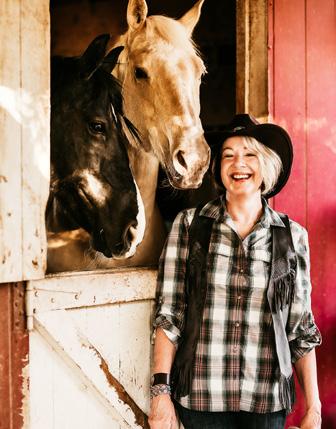
Dulce Garcia-Morman, Ph.D, is the founder of Life-Is-Art Equine Assisted Learning and Coaching. She has facilitated learning and therapeutic experiences through the horse-human connection for the past 17 years. Dulce's practice draws from different wisdom traditions and is strongly oriented toward a Jungian approach to the restoration of the authentic Self. For more information, visit https://life-is-art.us/
social media and the news to some extent, but it is unlikely that we will disconnect entirely if we are indeed driven by empathy. Once we see, we cannot unsee; once we know, we cannot unknow, and we come to embody the sense that the fate of others is our own. Perhaps not in the minuscule details of our everyday lives, but in the larger arc of humanity’s survival as a species. And in our hearts, we also long for more than survival, for more than the repetition of destructive patterns that make life so difficult for so many beings. We long for improved levels of happiness and stability, and for more opportunities for creativity and love in everyone’s lives, regardless of color, creed, or gender. Whether we want to be immersed in the world village or not, there are forces that have woven our fates closer together with the fate of the other. “Today, thanks to factors like nationalism, mass migration, and technology, our in-groups—and, by extension, sense of self—readily transcend borders, languages, and cultures. And as our identities expand, so does our concern for those with whom we identify. And it can even extend beyond the human, Williams says. ‘For climate anxiety, for example, research has found associations with higher levels of nature connectedness, or identification with the natural world.” (Nautilus, July 10, 2025).
We can stop at the level of accepting that suffering is an inevitable element of participating fully in the web of life, but I feel that this is a limiting belief, not because it isn’t true, but because it’s not the whole story. Injected into this unpleasant weltschmerz is the notion of beauty, not in the traditional meaning of that word, but encompassing an aesthetic that goes beyond form. To explain myself, I’d like to pose a question to the reader, a question that was posed by Gregory Bateson many decades ago and which had a big impact on my life: "What pattern connects the crab to the lobster and the orchid to the primrose and all four of them to me? And me to you? And all six of us to the amoeba in
one direction and to the schizophrenic in another?” (Gregory Bateson, Mind and Nature: A Necessary Unity, 1979, p.8). Bateson was an anthropologist, philosopher, and systems theorist, a true Renaissance man, and when he posed this question, he was alluding to the interconnectedness and interdependence of all living things. “In essence, Bateson is suggesting that we must look beyond the surface differences between things and focus on the deeper underlying patterns and relationships that exist between them. By doing so, we can gain a more holistic understanding of the world and our place within it” (https://www.jackdalepsychotherapy.com/post/seeking-thepattern-that-connects).
Bateson also presented a new definition of beauty, which is when the individual has the felt experience of interconnection and interdependence. For Bateson, beauty was primarily ecological beauty, and not just “form” as in physical works of art, architecture, literature, music, and such. With this idea, I was able to counterbalance the sense of sadness and frustration that I feel at times when pulled into my moments of Weltschmerz. They don’t happen every day, as I try to distance myself as much as I can from social media and the news, and some days I do better than others. Practicing selfcare is critical at a time of world crisis, when existential questions are bound to come up. Along with caring for self while empathizing with others, it is important to remember the other dimension that this moment presents -the knowing that we are experiencing weltschmerz because we are experiencing ecological beauty….we are deepening our interconnectedness, we are more present with our empathy and our human wiring is become more refined and attuned to the needs of our neighbors and communities, both locally and around the world. We are longing for Oneness and are rejecting the idea of separation, and we are willing to embrace this crazy contradiction that is Weltschmerz and beauty!

By Timothy Burgin
HHave you ever sat down on your meditation cushion only to discover your mind racing with worry or your heart heavy with sadness? I certainly have, and I've learned that these challenging emotional moments actually offer the richest opportunities for growth in our practice. When we become emotionally triggered, it can be incredibly difficult to find a sense of balance and peace of mind. Fortunately, there is a smorgasbord of meditation practices that one can pair to help soothe and harmonize specific emotional states.
The Wisdom of Emotional Awareness
In the yogic tradition, emotions are seen as neither good nor bad—they simply provide information about our inner landscape. Meditation isn't about forcing yourself into a state of calm. I've tried that approach, and trust me, it usually backfires! I've had much more success creating a compassionate and skillful approach to meditation by adopting whatever is present in each moment. While this is challenging, it is also deeply rewarding. When I've sat, witnessed, and breathed through emotional triggers, I've eventually gained significant insights and perspectives into the cause of my suffering.
Seven Meditations for Different Emotional States
Over my many years of practice, I've found
certain techniques pair naturally with specific emotional states. Yes, your results may vary. Experiment and try different things until you find the practice that supports you mentally and emotionally. Establishing a daily meditation practice will develop the skill, discernment, and mental focus to make choosing and practicing these techniques even more potent and successful.
As you explore these techniques, notice how adapting your meditation to your current emotional state helps you develop greater self-understanding and resilience. Which practice resonates most with where you are at today?
1. Stress Relief: Box Breathing (4-4-4-4
Equal Breath)
When stress has your shoulders tight and mind spinning, Box Breathing offers rapid relief.
How to practice:
1. Find a comfortable seated position. Sit up tall with your shoulders relaxed.
2. Inhale slowly through your nose for a count of four.
3. Hold your breath gently for four counts.
4. Exhale completely through your nose for four counts.
5. Pause with the breath out for four counts.
6. Repeat for 3-5 minutes.
I find this technique particularly helpful before important meetings or when deadlines loom. This balancing breathing technique activates your parasympathetic nervous system, helping to lower blood pressure and heart rate while bringing mental clarity. The next time you are feeling tension and stress dominate your body and mind, give box breathing a try.
2. Anxiety: Body Scan Meditation
Anxiety often pulls us away from the present moment into a swirl of "what-ifs" and other intrusive thought patterns. A Body Scan Meditation grounds you in physical sensation, creating an anchor for your awareness.
How to practice:
1. Lie down or sit comfortably with your eyes closed
2. Take a few slow, deep breaths.
3. Bring your attention to your feet, noticing any sensations—warmth, coolness, tingling, or perhaps no sensation at all.
4. Slowly move your awareness upward through your legs, hips, torso, arms, neck, and head.
5. Observe each area with friendly curiosity. Try not to judge or change anything.
When my mind spins with worst-case scenarios, this practice helps me remember I'm safe in my body, right here, right now. This practice gently shifts your focus from anxious thoughts to bodily sensations, reminding you that you're safe in the present moment.
3. Sadness: Loving-Kindness Meditation (Metta)
When sadness or grief weighs heavily on your heart, Loving-Kindness Meditation nurtures compassion for yourself and others.
How to practice:
1. Find a comfortable seated position. Sit up tall with your shoulders relaxed.
2. Place your hands on your knees with palms facing up.
3. Close your eyes and begin with several deep breaths.
4. Silently repeat these phrases: "May I be happy. May I be healthy. May I be safe. May I live with ease."
5. Gradually extend these wishes to someone you love, then to someone neutral, then to someone difficult, and finally to all beings. For example, "May you be happy..."
6. End with a few deep breaths to come back to your center.
This heart-centered practice acknowledges your sadness while creating space for warmth and connection to grow alongside it. I've found this especially powerful during times of loss and heavy sadness.
4. Anger: Visualization Meditation
Anger carries powerful energy that, when approached mindfully, can be transformed rather than suppressed.
How to practice:
1. Find a comfortable seated position. Sit up tall with your shoulders relaxed.
2. Take several slow, deep breaths, inhaling through the nose and exhaling through your mouth.
3. Feel and acknowledge your anger without judgment. Try not to use any words, and instead focus on the sensations of the feelings.
4. Visualize the anger as a specific color, shape, or object in your mind's eye.
5. Watch as this image gradually transforms as you continue to breathe deeply. Perhaps visualize it dissolving into light, flowing like water, or changing color.
6. Notice how your body feels as the visualization progresses.
7. End with a few deep breaths to come back to your center.
This technique honors your anger while providing a constructive channel for its energy, helping you respond rather than react.
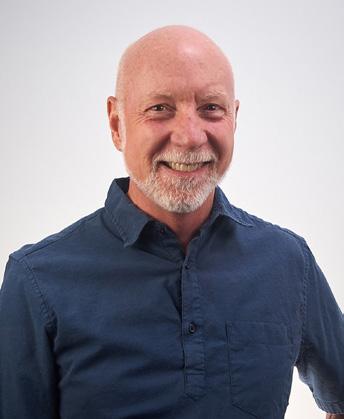
Timothy Burgin is a Kripalu & Pranakriya trained yoga instructor living and teaching in Asheville, NC. Timothy currently serves as the Executive Director of YogaBasics.com With over 25 years of experience in the practice of yoga, pranayama, and meditation, Timothy guides his students deep into the experience of yoga by creating a supportive environment and by giving clear, precise instructions. Through variations and modifications of the poses and practices, Timothy teaches the individual student and guides them with the appropriate amount of challenge and intensity for their level and ability. Timothy’s extensive training in acupuncture, bodywork, yoga energetics, anatomy, and physiology guides his application and practice of yoga therapeutics.
5. Overwhelm: Mindful Walking
When life feels like too much, sitting meditation might seem impossible. Mindful Walking creates a moving meditation that helps process excess energy.
How to practice:
1. Find a quiet space where you can walk slowly for 5-10 minutes.
2. Begin walking at a natural pace, then gradually slow down your breath and your pace.
3. Feel the sensation of your feet making contact with the ground—heel, ball, toes.
4. Coordinate your breath with your steps if it feels natural.
5. When your mind wanders, gently return your attention to the physical sensations of walking.
6. End by standing still and feeling a sense of groundedness and calm.
I love this practice when I'm feeling too restless or agitated to sit still. The rhythmic movement helps me process the excess energy while still maintaining mindfulness. This practice combines the grounding effects of walking with present-moment awareness, helping to let go of overwhelm.
6. Self-Doubt: Affirmation Meditation
Self-doubt often speaks in a critical inner voice that undermines your confidence. Affirmation Meditation helps cultivate a kinder internal dialogue and replaces negative thoughts with positive ones.
How to practice:
1. Find a comfortable seated position. Sit up tall with your shoulders relaxed.
2. Rest your hands on your knees with index fingers touching thumbs.
3. Choose a positive affirmation that feels true or aspirational: "I am enough," "I trust my inner wisdom," or "I am capable and strong".
4. Repeat this affirmation silently with each inhale for 3-5 minutes.
5. Notice any resistance or reaction and let these go with each exhale. Continue with the practice for several minutes.
6. End with a few slow, deep breaths
and a sense of gratitude for the small good things in your life.
Over time, this meditation helps replace limiting beliefs with supportive ones, strengthening your relationship with yourself. The goal isn't to force yourself to believe something that feels untrue, but to plant seeds of possibility that can gradually take root.
7. Heartbreak: Heart Chakra Meditation
Heartbreak opens us to both pain and profound growth. Practicing a Heart Chakra Meditation supports healing by nurturing your emotional center.
How to practice:
1. Sit comfortably and place both hands over the center of your chest.
2. Feel the warmth of your palms against your heart space.
3. Breathe deeply into this area, imagining a soft green light glowing at your heart center.
4. With each inhale, invite in healing energy; with each exhale, release what no longer serves you. Exhale through the mouth if you need to release any challenging emotions.
5. Stay with this practice for 5-10 minutes, but allow yourself to end sooner if needed.
This meditation assists healing while gently inviting openness and forgiveness—both for yourself and others. When I went through a difficult breakup years ago, this practice became my daily refuge.
The next time you sit down to meditate, take a moment to check in with yourself first. What are you feeling right now? Then choose a practice that meets you exactly where you are—creating a meditation experience that truly supports your whole being.
How might your meditation practice transform if you began to view your emotions not as obstacles, but as guides pointing you toward the techniques your heart needs most in each moment?

By Bronwyn Millar
The Elemental Goddess has spoken through the creator of the new oracle deck, which is currently shaking up the healing space. Bronwyn Millar is the creator of this bold, embodied deck. She describes how the Goddess energy inspired her to create these cards and integrate them with Chinese medicine, trauma release, and fierce divine feminine energy into a radically healing tool.
Featuring 45 interdimensional Goddesses tied to the five elements and acupoints, users will move through shame, reconnect with their sensu-
ality, and rise in their power. Every card features a hand-drawn symbolic portrait of a Goddess named for her essence or acupoint. In the guidebook, each one comes to life with elemental insight, emotional healing tools, affirmations, meditations, and somatic practices that bring her energy into your body and your life. You’ll also learn how to work with the deck using intuitive layouts like the Five Element spread, three-card draws, or classic tarot formats. This deck is a ritual, a rebellion, a return to your sacred self.

Bronwyn Millar is an artist, writer, and kinesiologist who discovered the healing wisdom of interdimensional Goddesses during meditation sessions.
Bronwyn lives in South Africa. https://www.bronwynmillar.co.za/
In a world where impossible beauty standards seem to loom at every turn, many women carry deep, unspoken wounds about their bodies. Whether it's the weight of comparison, the natural changes of aging, or simply feeling disconnected from the way we look, these struggles are real, and healing is essential. In this oracle reading, I used my hand-painted deck, the Elemental Goddess Oracle, to ask for answers and healing for women dealing with body issues. The resulting reading was powerful. I began by setting the intention to offer Yin healing for all women grappling with body image issues. The cards spoke loud and clear, delivering a message of deep release, transformation, and empowerment. The spread and the resulting interpretation are based on the draw and position.
Goddess of Clearing the Channel (Wood + Fire) “Old wood must burn away.”
We opened with the Goddess of Clearing the Channel, a potent force of Wood and Fire. She embodies pride and the tension between shyness and self-expression. Her guidance is about breaking through hesitation and igniting self-motivation, reminding us to walk boldly into the future. Her affirmation? To step forward with unwavering confidence, shedding old, restrictive patterns that no longer serve.
Goddess of Surging Upward (Fire + Air)
“Take flight!”
Next came the Goddess of Surging Upward, radiating Fire and Air. Her message is one of ascension: it’s time to release the heaviness weighing you down and embrace buoyancy, joy, and lightness. She urges us to rise above external noise and expectations, declaring: “I am free to be the unfettered version of me.” Her energy is fierce, lifting us to new heights of self-belief.
Goddess at the Confluence (Earth + Earth)
“Beauty is internal and eternal.”
This draw was especially moving. The Goddess at the Confluence, double Earth, was inspired by a woman I knew who radiated breathtaking warmth and kindness despite being told her whole life that she wasn’t beautiful. Her message is a sacred reminder that beauty is internal and eternal. This goddess invites us to embrace radical self-acceptance, to see ourselves through the lens of love and worthiness.
Goddess of the Clear Breath (Metal + Earth)
“Release into the Earth”
This Metal/Earth goddess is all about release. She guides us to breathe deeply and let go of pent-up negativity, whether that’s intolerance, self-judgment, or emotional heaviness. Her invitation is to ground yourself, discharge what no longer serves, and find a new sense of peace in your body.
Goddess of the Spirit River (Water + Air)
“Open to new ideas”
Finally, we met the Goddess of the Spirit River, a fluid and flowing Water/Air energy. She calls for removing blockages, whether mental, emotional, or physical. Her wisdom is about patience and courage, staying open to fresh ideas, and rediscovering the joy of simply breathing freely and fully inhabiting yourself.
The collective message from these five goddesses is profoundly clear: it’s time to transform the spirit to meet the body—powerfully, joyfully, and with deep love. Together, they offer a roadmap to reclaiming self-worth and embodying confidence, no matter how society defines beauty. Ultimately, this reading reminds us that true power lies in embodying yourself, unapologetically, with love, joy, and radiant self-acceptance.
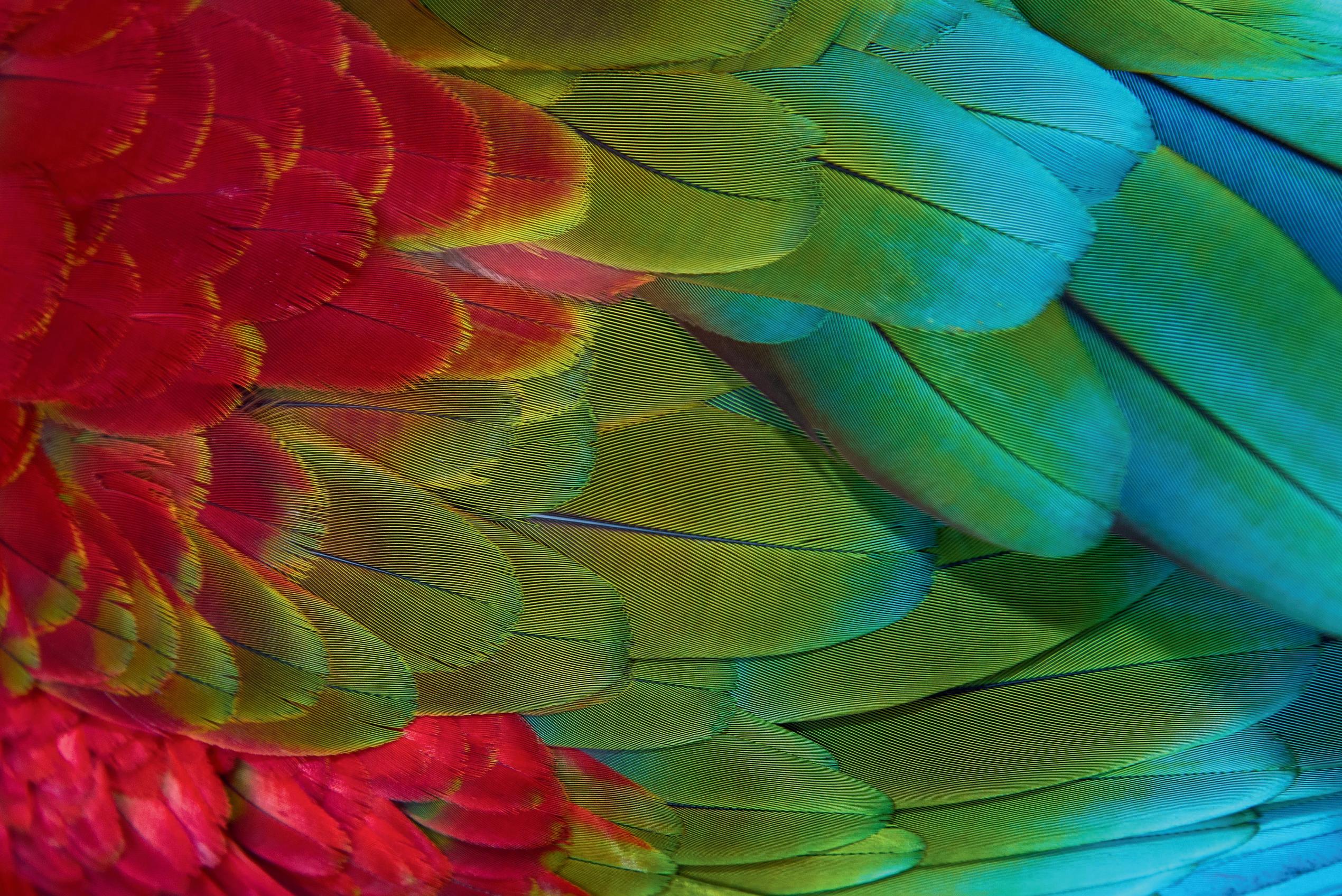
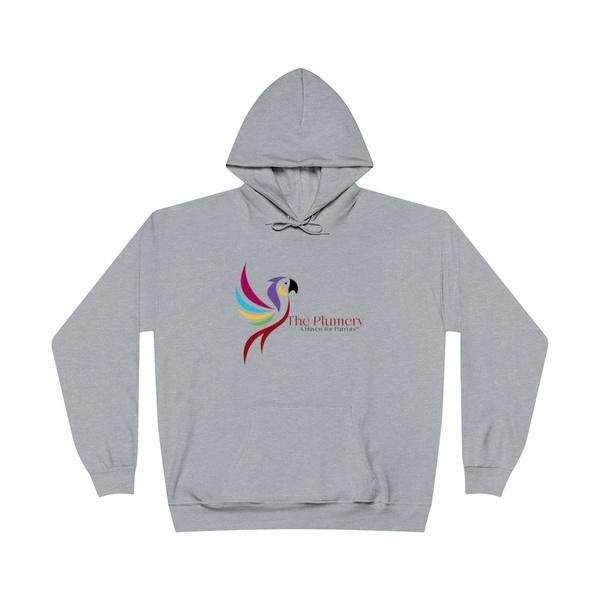





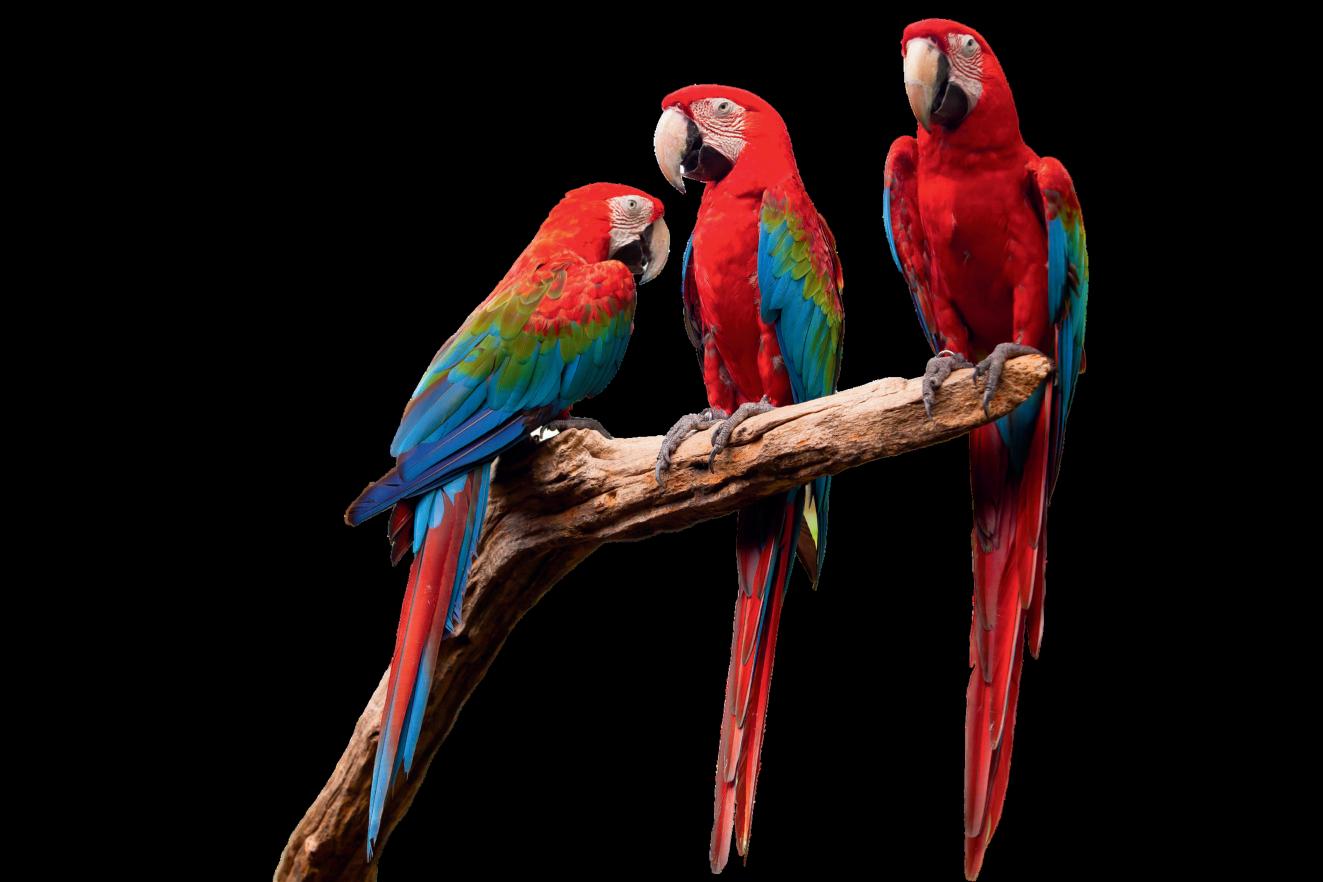
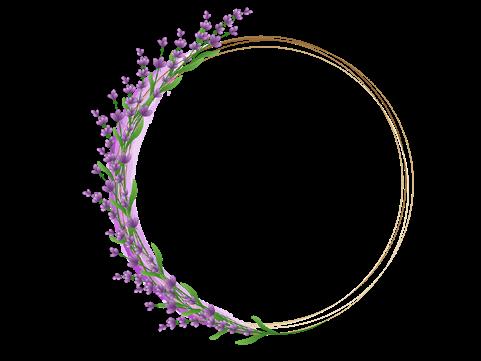

Monzo was rescued and lived at Animal Track Sanctuary until she crossed the Rainbow Bridge. Monzo passed from bone cancer.She was an African serval, lived to be 21 years old. Monzo was surrounded by the rescue team who cared for and loved her.
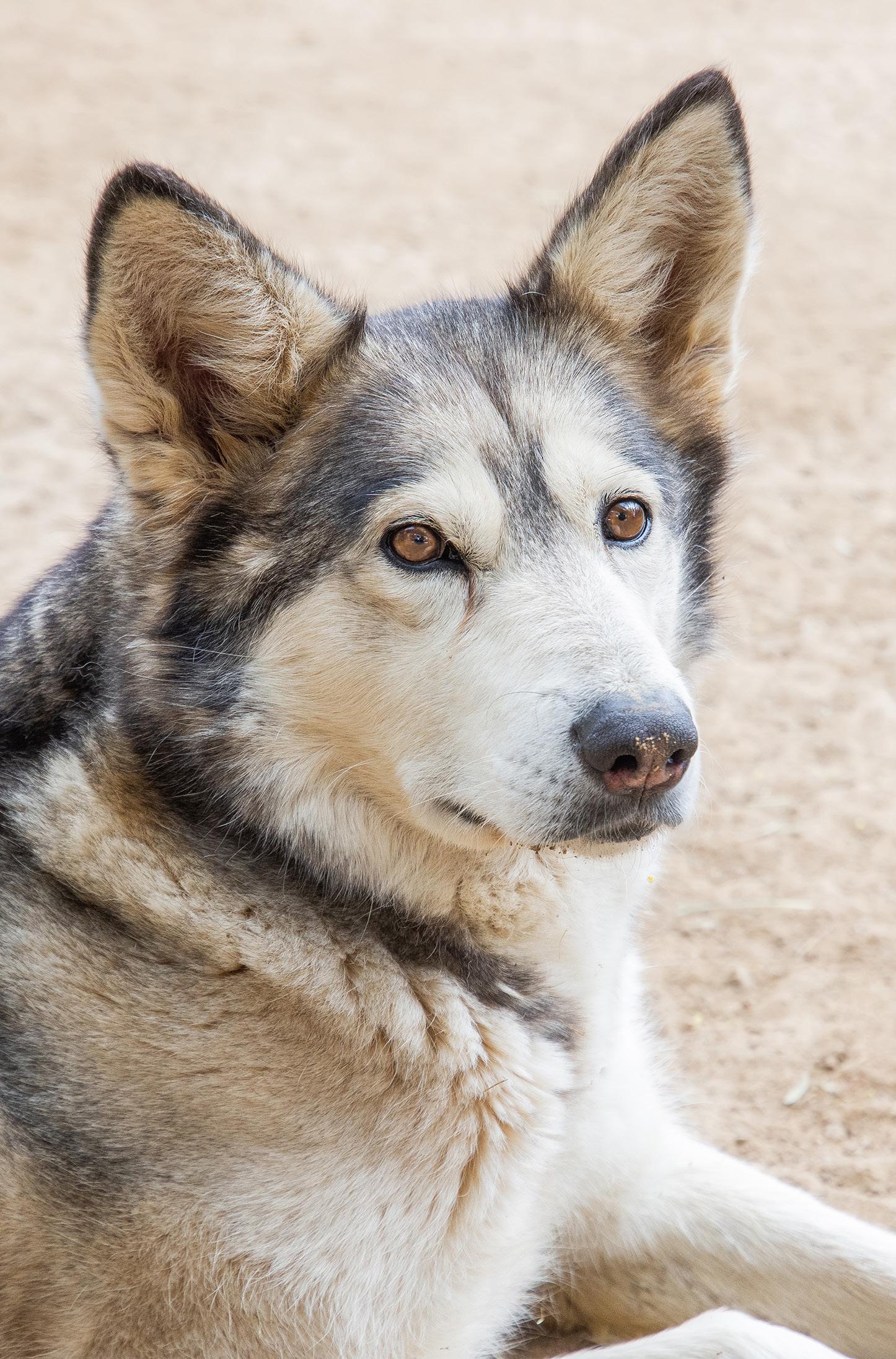
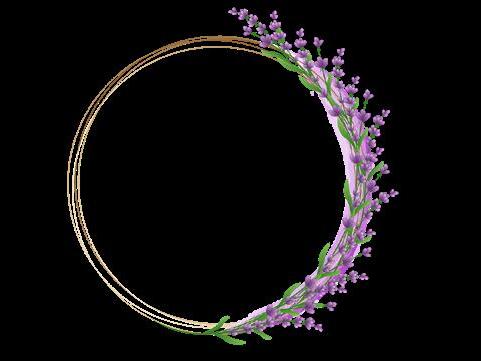
Keeva was rescued and lived at Animal Track Sanctuary unti she crossed the Rainbow Bridge. Keeva was a coy-wolf dog hybrid. She lived to the age of 10 and died of breast cancer that had metastasized. Keeva was surrounded by the rescue team who cared for and loved her.

By Rue Matthiessen
Women with Eyes Closed by Rue Matthiessen is a riveting art-crime novel inspired by a real Rotterdam museum heist. Blending intrigue, romance, and the allure of the art world, it follows an MI-6 agent whose investigation into stolen masterpieces entangles him in secrets, ambition, and danger from Europe to the Hamptons.
Kit Hobbs, a Londoner and spy, is assigned to fly to New York on an assignment. His goal is to find some or all of the works stolen from the Kunsthal museum in Rotterdam, including the titular painting, Woman with Eyes Closed. Anything more would be a spoiler!
Three months later, the opportunity to fly first-class to New York, where he’d never been, had come as a complete surprise. Kit Hobbs had been assigned to an operation called Viridian, which sought to restore a number of stolen artworks. Kit had no background in art. As he sank into his sumptuous seat on the plane, he reflected that Viridian was an international op—and so soon—in what had been a short career. Upon his first flute of very good champagne, he wondered if Viridian might have been the service compensating him for their major screw-up, or a plea of some kind that he not drop out and write a book about them one day. He quickly dismissed the thought as ridiculous—he’d go to jail immediately, and the service didn’t do compensation (unless after many years, and maybe not even then), and they certainly didn’t do pleas. But the fact remained that he had something on them.
Landing at JFK in a state of mild puzzlement, he had gotten a cab to what was called the West Village, in the lower third of Manhattan. He had gone directly to a place on St. Mark’s that his boss Martin Green had told him about. Perfect for the “young fogey” clothes he would need, said Martin, suggesting khakis and at least four worn shirts in plaid and bland colors like (dingy) white and faded light blue. Well, that wasn’t hard. While rummaging through piles of funny-smelling clothes, he practiced the moniker he had been given. Christopher Pinsmail—Oxford graduate, with a specialty in the Renaissance. Christopher Pinsmail—married but separated. Christopher Pinsmail—representing an art collector from Milan, who
needed to remain anonymous. Christopher Pinsmail would have to be on a side job, skewing more towards an academic type rather than an art world whiz. Kit slipped into the khakis he had found in the back, leaving on his white undershirt, which showed unbecomingly under one of the shirts. Standing at the full-length mirror, he held up a pair of nerdy-looking brogues— fortunately in his size, eleven. Stroke of luck right there, he said to himself. There was no one around. He looked himself dead in the eye, and said, Hello, Chris, pleased to meet you . . . in his crisp accent. How in the world was he going to pull this off?
As per protocol, they wouldn’t tell him reasons because reasons were a dangerous distraction. He was merely to stick to a part and be briefed as needed. One of the stolen works was by a British artist (he hadn’t known even that much). That painting, Woman with Eyes Closed, and the other three stolen works had possibly made their way to New York, to some beachside town. All he had were pictures of each work in a folder. Less risky, they said. His connection was gallery owner Chaz Bloodstone, who was a friend of his boss Martin’s wife. While shucking the khakis, Kit wondered how it was that Martin had pulled an unwitting friend of his wife’s into an operation and hoped that it wasn’t going to be another problem. Martin, an art lover and collector, had described the job to Kit with an unusual degree of savor. “In New York, you’re going to have to learn the names of these artists and a lot more,” he had said in his London office. “And he’s Mr. Bloodstone to you, at least at first.”
As per protocol, they wouldn’t tell him reasons because reasons were a dangerous distraction. He was merely to stick to a part and be briefed as needed. One of the stolen works was by a British artist (he hadn’t known even that much). That painting, Woman with Eyes Closed, and the other three stolen works had possibly made their way to New York, to some beachside town. All he had were pictures of each work in a folder. Less risky, they said. His connection was gallery owner Chaz Bloodstone, who was a friend of his boss Martin’s wife. While shucking the khakis, Kit wondered how it was that Martin had pulled an unwitting friend of his wife’s into an operation and hoped that it wasn’t going to be another problem. Martin, an art lover and collector, had described the job to Kit with an unusual degree of savor. “In New York, you’re going to have to learn the names of these artists and a lot more,” he had said in his London office. “And he’s Mr. Bloodstone to you, at least at first.”
About forty, Chaz’s fleshy face was deeply tanned from his weekends on Long Island, and his faded blue eyes hooded from his ample appetites. You only go around once, said Chaz. He kept a white handkerchief about his person to mop the beads of sweat that popped continually out on his brow—
because it was August, he explained over a steaming dish of coq au vin that night. As the evening went on, Kit thought Chaz wasn’t quite as easygoing as he seemed. He wanted to know, he wanted to know, everything about Kit’s life. On the plane, Kit had slipped off his wedding ring and put it in his computer case because Chris Pinsmail was separated. Martin’s idea was that it could be useful to have the interest of the ladies, but with options built in. If Kit were honest with himself, which he wasn’t always, he’d have to acknowledge that his wife back in London would care about the singleton approach if she knew, but he’d never tell her.
Kit was intimidated by his new friend’s nosiness until he realized that the man was obsessed by other people’s relationships. Kit just said that he and his wife were taking a break of six months and changed the subject. The conversation circled around— Wimbledon, tennis stars, Andy Murray and Roger Federer, Obama, the Newtown school shooting, the London Riots, gun laws in the UK vs. the U.S. Kit managed to avoid the Renaissance, which he knew little about beyond inhaling as much of Painting & Experience in Fifteenth-Century Italy as he could on the plane before leaving it on a chair at the airport.
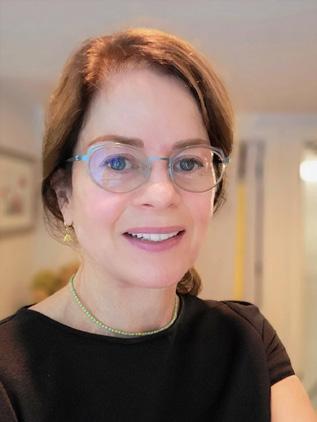
Rue Matthiessen is a two-time Pushcart Prize nominee whose essays and short fiction have appeared in numerous literary journals. She is the author of the novel Woman With Eyes Closed, The Memoir Castles & Ruins, about growing up in Sagaponack, NY, among writers driven by fierce literary ambition, and Buttonwood Cottage, chronicling the renovation of a Caribbean house, scuba diving, and the natural beauty of Bonaire. She was featured in the Bridgehampton Museum’s Distinguished Lecturer Series and the Longhouse Talks series in East Hampton. She lives on the East End of Long Island.
The next night, in his jovial way, Chaz convinced Kit to ditch his beige and gray hotel and stay in an extra room in his loft downtown. Chaz welcomed Kit into his home with open arms, and Kit found himself wishing he didn’t like Chaz as much as he did. It was unprofessional. He had the run of the place while Chaz was out, and all he had to do was feed a lonely cat named “Cat” and run some laundry. These were pleasant things to do when jetlagged, padding about a new place with the fuzzy otherworldliness of a different time zone, shooting updates to Martin now and then. He was so grateful, he even went the extra mile and changed the poor cat’s disgusting litter.
On the third day, Chaz took him to a Japanese restaurant around the corner from the loft and asked about Kit’s Milanese “buyer.”
“Well, what’re they after?” asked Chaz.
“Old Masters—or at least in the style of Old Masters,” said Kit, thinking of that most recent piece, the woman dreaming, that he liked. It wasn’t really old, but it seemed to be.
“Going for the crackle, are they?” Chaz said, eyebrows raised, slurping his miso soup.
Not knowing what he meant, Kit nodded.
“Tough and pricey. Christie’s, Sotheby’s. Check out Acquavella, too. They’re not an auction house, so you wouldn’t have to wait. Anybody with anything good is going to sell it through them. Unless it’s private, I can ask around. Better to go private and cut out the bigger commissions.”
“They’re open-minded,” Kit said, as he’d been coached to. To his relief, Chaz didn’t want an art history lesson.
“I thought your guy or woman, whatever . . . never mind,” said Chaz, shak-
ing his head. “Nothing like that right now that I can think of. How long do you have?”
“Depends . . . Meanwhile, I’d like to get a picture of what’s going on here. All levels. Don’t know when I’ll be able to get back. This is an unusual kind of thing for me.”
Chaz extracted a pen from his bag and, poising it over the back of a menu, asked, “Sticking to Manhattan or going further afield?”
“Just give me the comprehensive tour.”
During the next four days, Kit absorbed every scrap the town had to offer, sometimes with Chaz, sometimes without him. It had been a crash course. Monet and Picasso, of course, but Hochberg had a following here too. Chaz had first directed him to the uptown galleries like Gagosian and Skarstedt, and of course, his own, Bloodstone. Then the downtown circuit, the edgier stuff. The museums, the Metropolitan, the Guggenheim, the Whitney, MoMA, and the Frick. Old Masters, Impressionism, Cubism, Dada, the Surrealists—Kit absorbed it all, feeling exhausted and sated by the end of each day, and the next morning, hungry for more. Sitting in front of these mammoth works done so long ago had been purifying, somehow putting his own problems into perspective. At MoMA, he discovered that one of the works stolen in Rotterdam, Waterloo Bridge 1901, had a cousin called Waterloo Bridge at Sunset, Pink Effect. It had been painted in 1903, just two years later. He sat in front of it for an hour, resting his aching leg, letting its blues, pinks, and yellows meld into a virtual place in his mind. Pink Effect was almost a different bridge in the same spot. It was delicate and strange; even the faint smokestacks in the background were evocative. It replenished him, made him feel at home and understood, a sharp contrast to the life he had left behind.

The Way I See It
By Joey Santos


Joey Santos is a Celebrity Chef, Life Stylist and Co-Host of The Two Guys From Hollywood Podcast on Spotify. A Columnist for The Eden Magazine since 2016. Joey was raised in NYC, Malibu, and West Hollywood. He is the son of Film and Television
Actor Joe Santos, and his Grandfather is World-Renowned Latin Singer Daniel Santos
To follow Joey on IG: @jojoboy13
To contact Joey visit whynotjoe@gmail.com
So pure. So simple. A romantic, lighthearted, passionate interlude. The kind of story whispered through time— the stuff of legends. Butterflies in the stomach, roses in bloom, rainstorms that somehow feel poetic, white sandy beaches kissed by crashing waves. A place where colors glow brighter, dreams feel tangible, stars burn more intensely, flowers perfume the air, and everything tastes impossibly sweet.
Traditionally, a "love affair" suggests a secret, fleeting romance—something hidden, something unbound by permanence. Yet, the phrase can also speak to passion itself, to being consumed by an enthusiasm so intense it feels like devotion. Romantic love, in its truest sense, is a storm of emotions: the magnetic pull of attraction, the warmth of affection, the deep longing to connect soul to soul. It is passion, yes—but also closeness, trust, and a desire to share life's unfolding journey.
But must true love always be romantic? Not necessarily. Love is curiosity— wanting to know their thoughts, their perspective, even when you believe you already do. It's the little, consistent gestures more than the grand displays. It is steady, patient, calm—less "madly in love" and more deeply, enduringly in love. And it exists beyond romance: in friendships, in family, in the timeless stories humanity has carried since the dawn of memory.
Just look at Adam and Eve. The Garden was paradise itself—beauty, simplicity, abundance. The perfect "love affair." Until, of course, Eve reached for that infamous apple. Temptation, misstep, complication—it's a tale as old as time.
Perhaps that's why “AVOID THE APPLES!” should be our modern metaphor for love: guard against the unnecessary complications. Or, maybe, the more actual lesson is this: love in the moment.
Love affairs don't simply appear—we create them. Often, the most genuine love arises not from agendas but from purity of thought, or even from no thought at all. It can be born from a breeze, a whisper, a dream, a sigh. From an undiscovered longing to be whole. True love, at its core, is recognizing yourself in another—and delighting in it. It is curiosity that deepens with each glance, respect that strengthens with each word, and affection that grows with time.
And yet, what begins so effortlessly often becomes tangled. Why? Perhaps because we’re bound by our conditioning—the fairy-tale notions of romance mixed with the heavy expectations we pile upon it. What begins free and lighthearted too often morphs into fear, anxiety, or regret. My grandmother— who married five times—had advice that still rings true: “Accidents happen when we rush."
The secret may be simpler than we think. To pay attention. To offer affection. To give freely and let love unfold at its own pace. A true love affair is not about perfection, but about presence— two people weaving their dreams together. Nurture the friendship. Laugh often. Date each other endlessly. Fall in love, again and again.
Because in the end, all is fair in love— even if it's "just a love affair."
